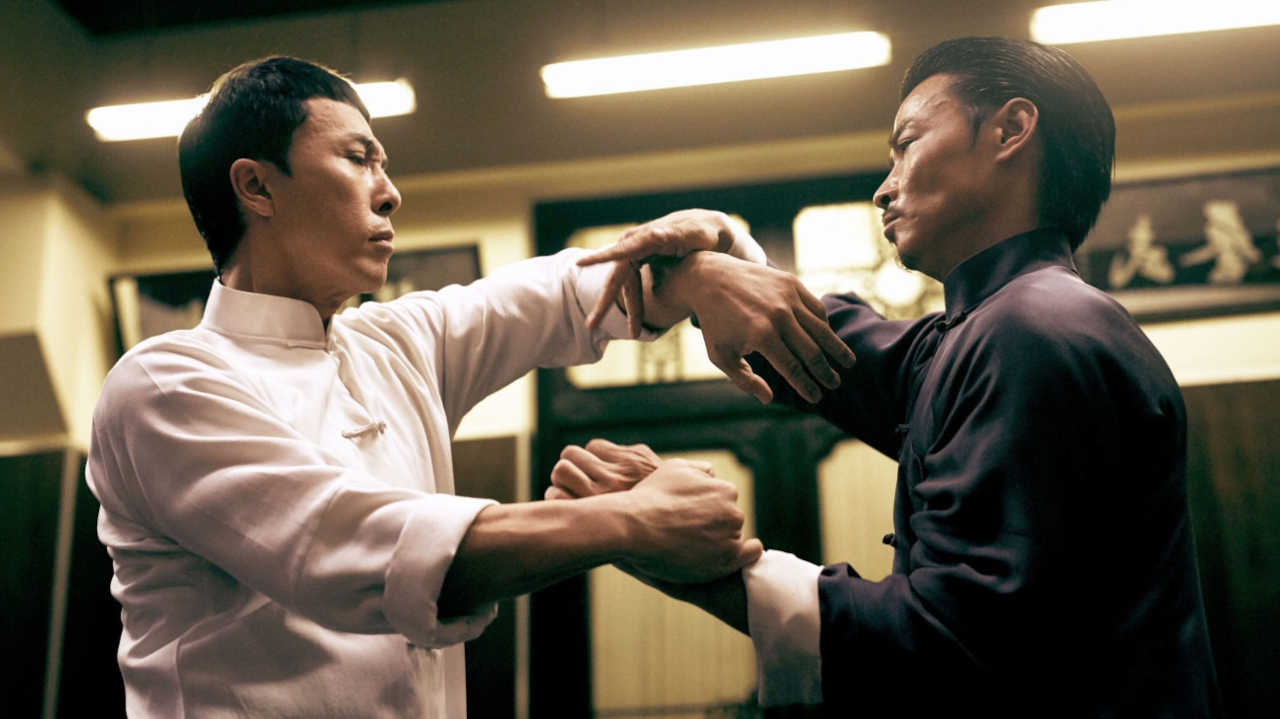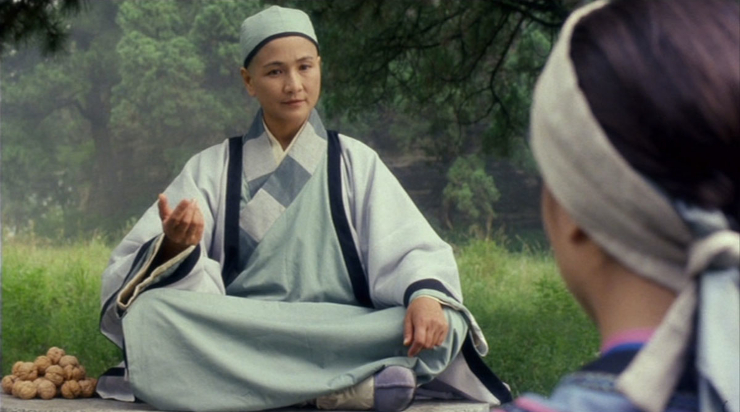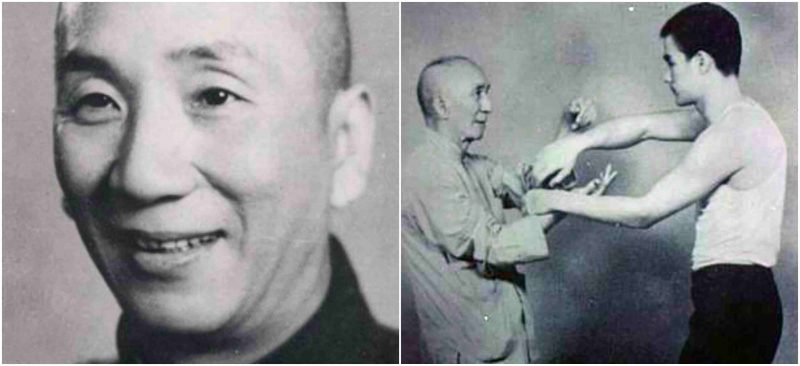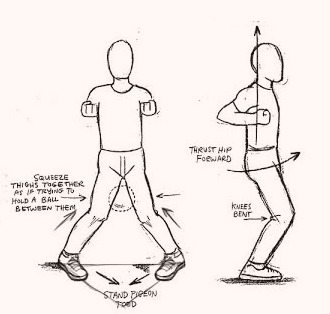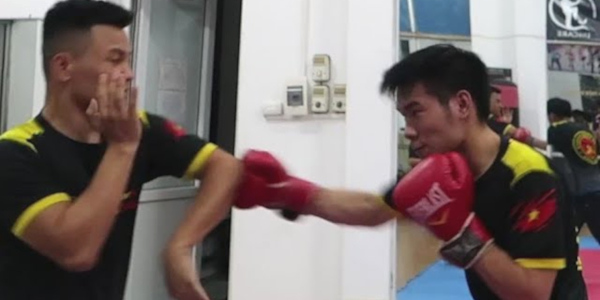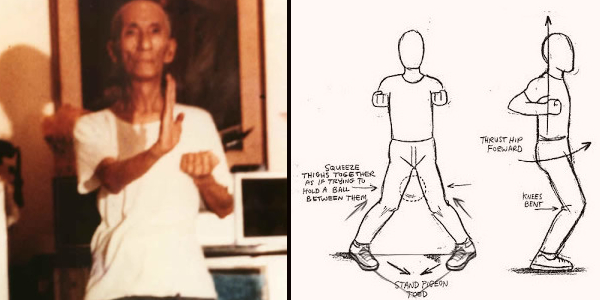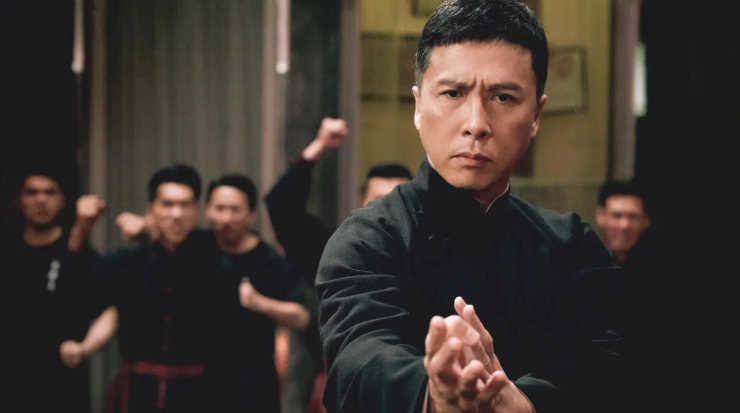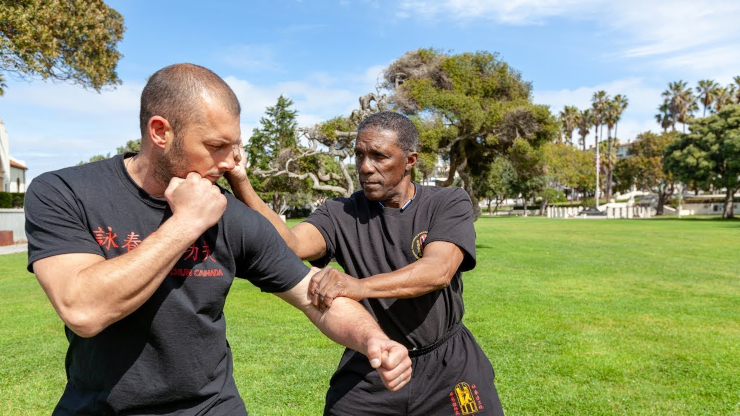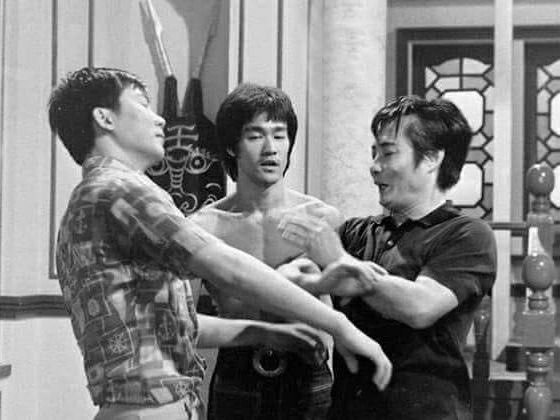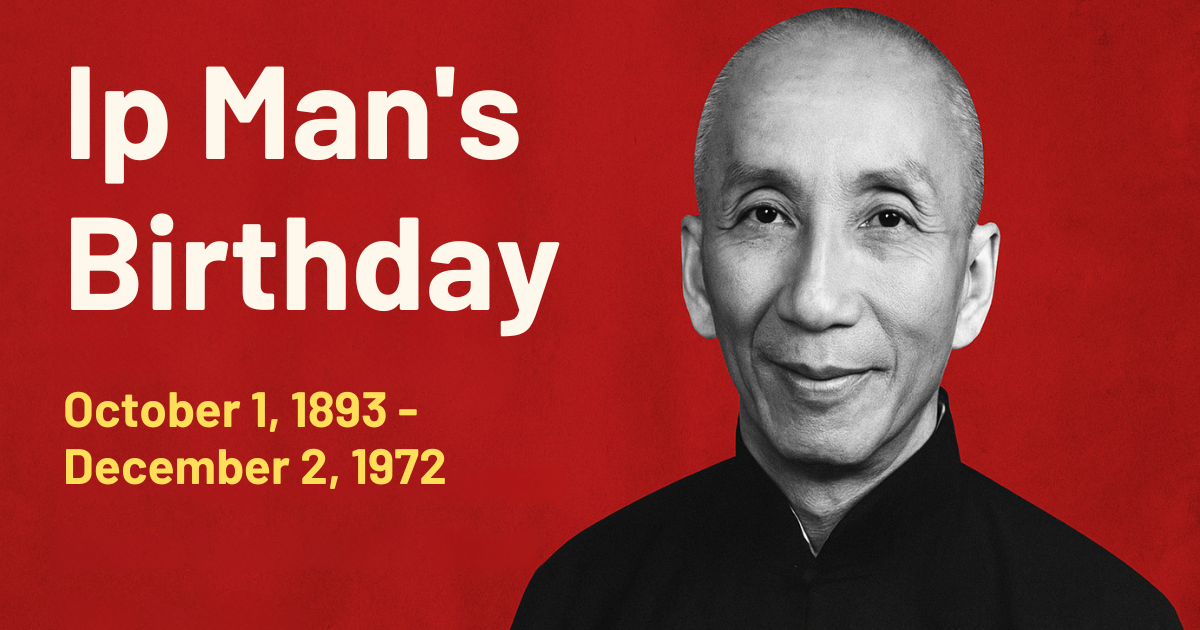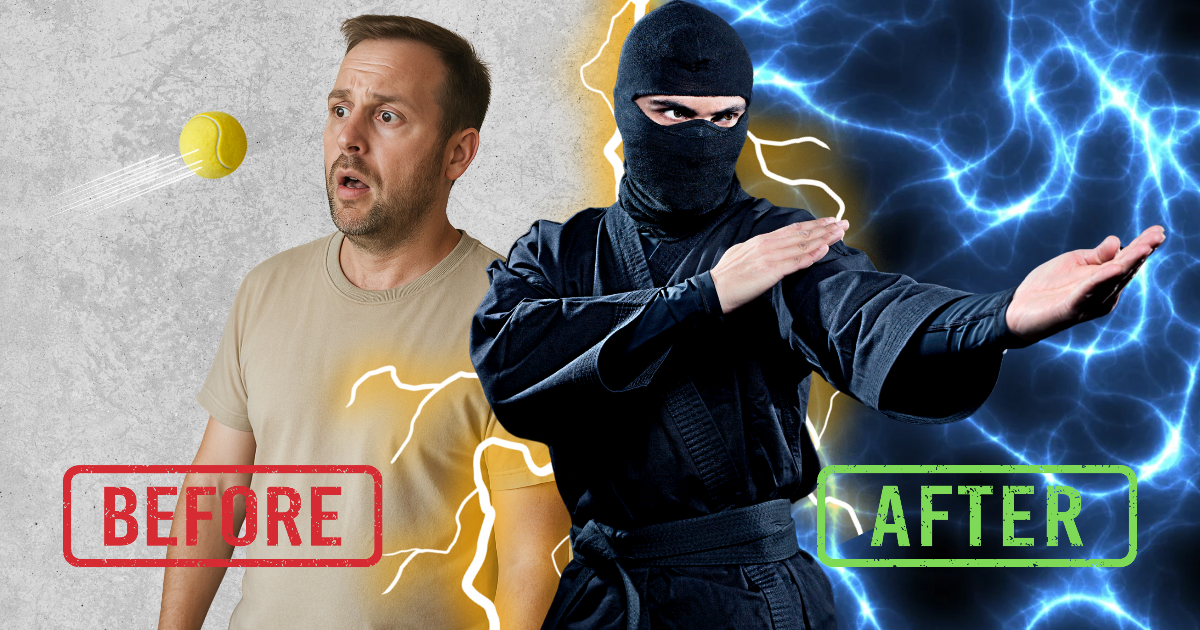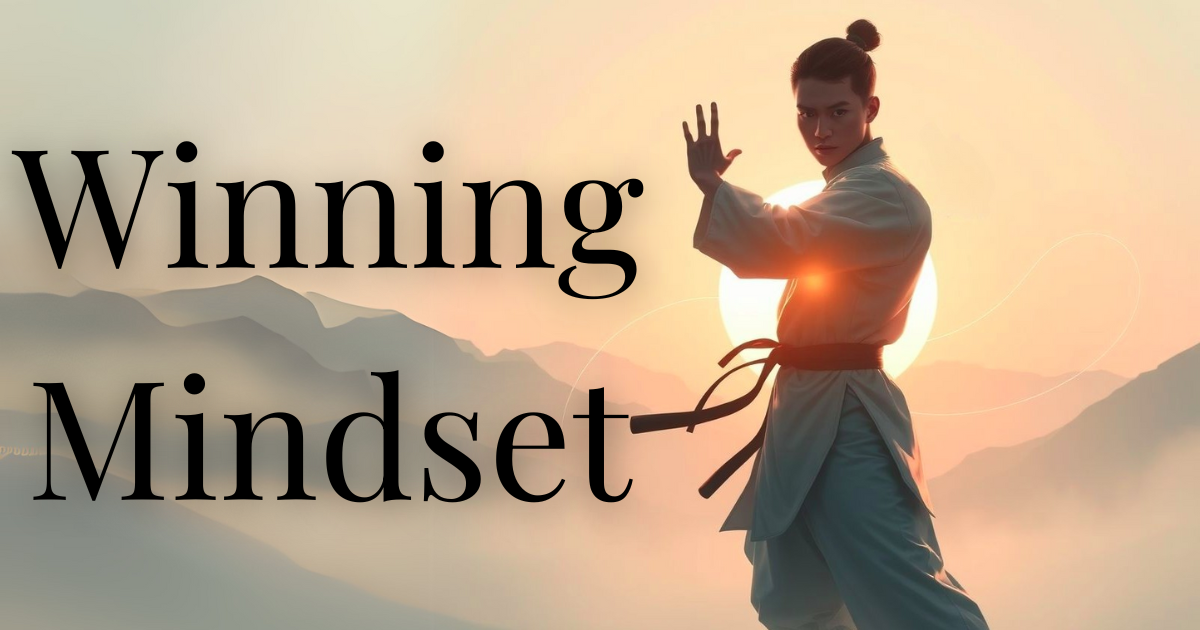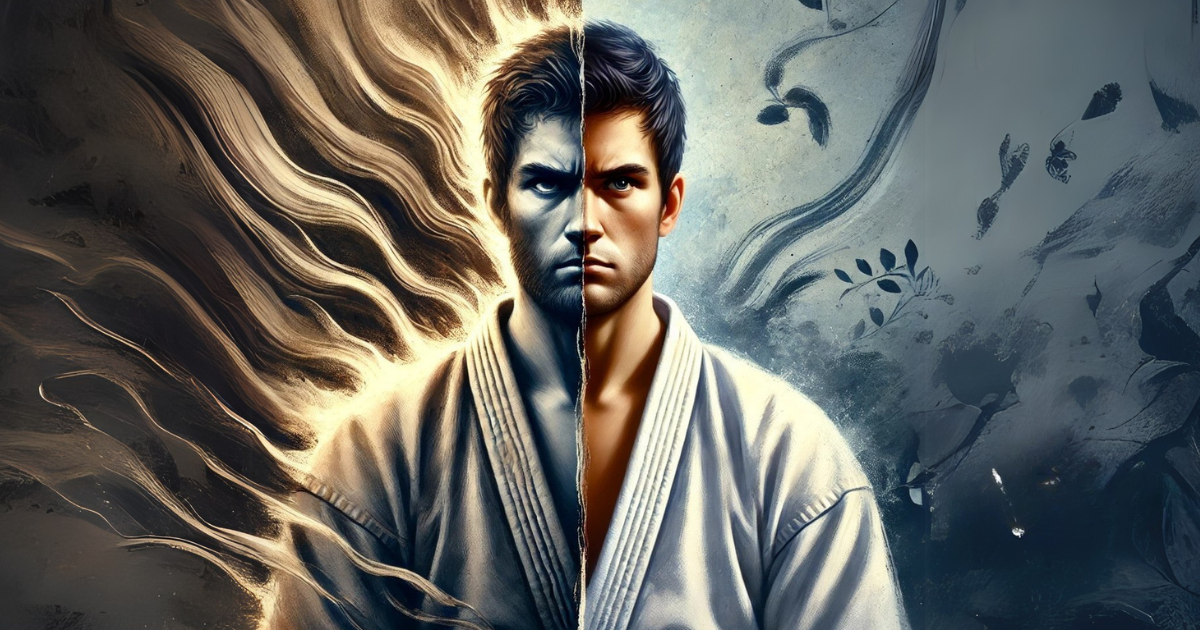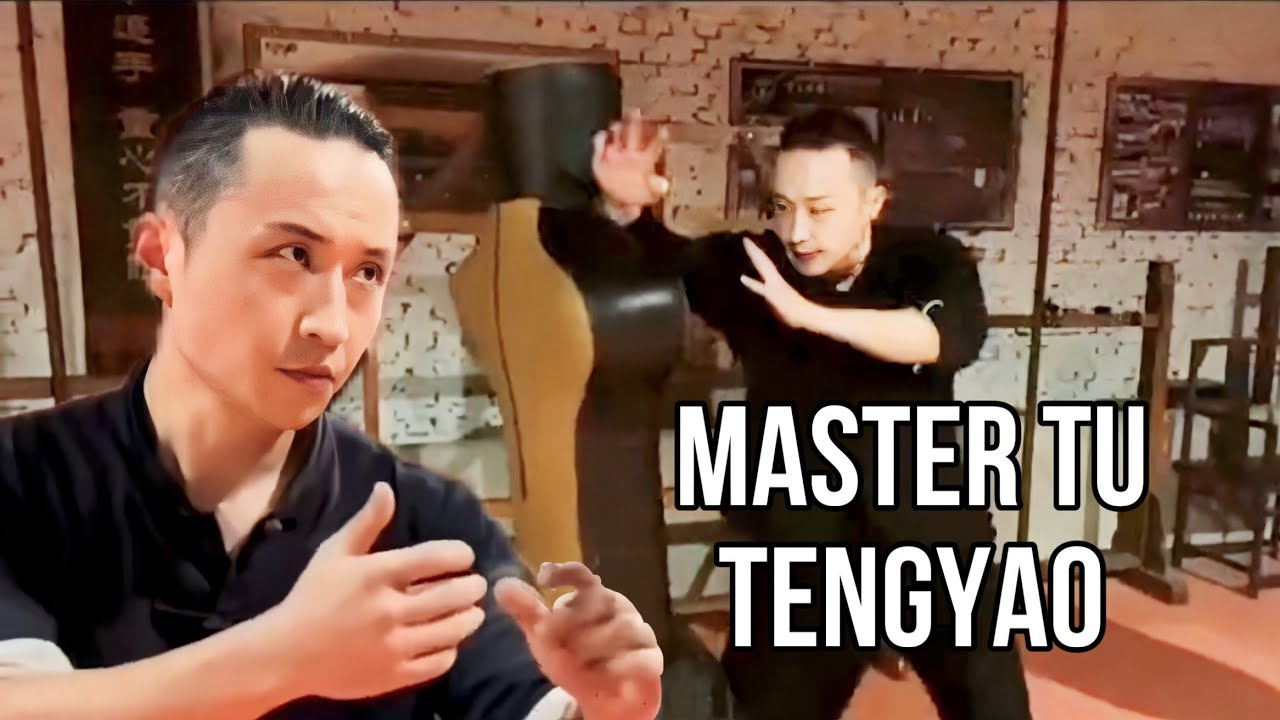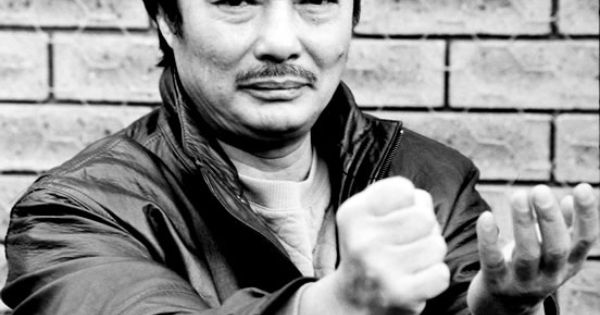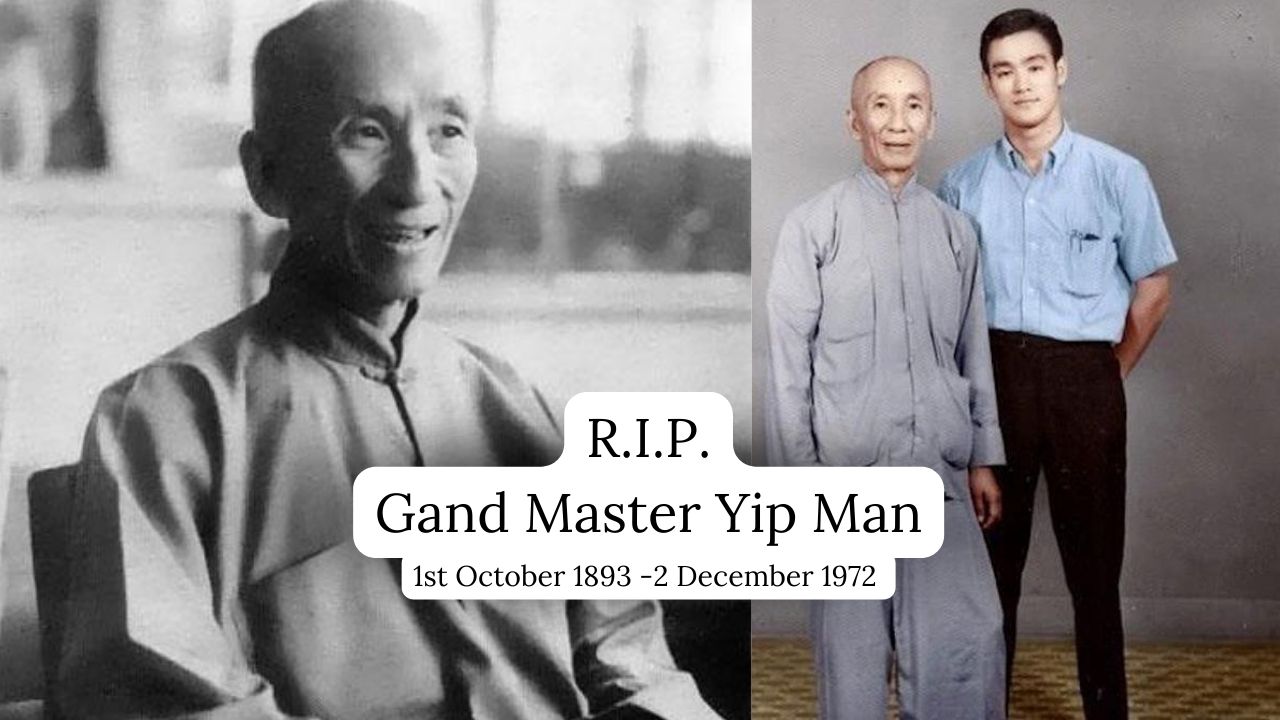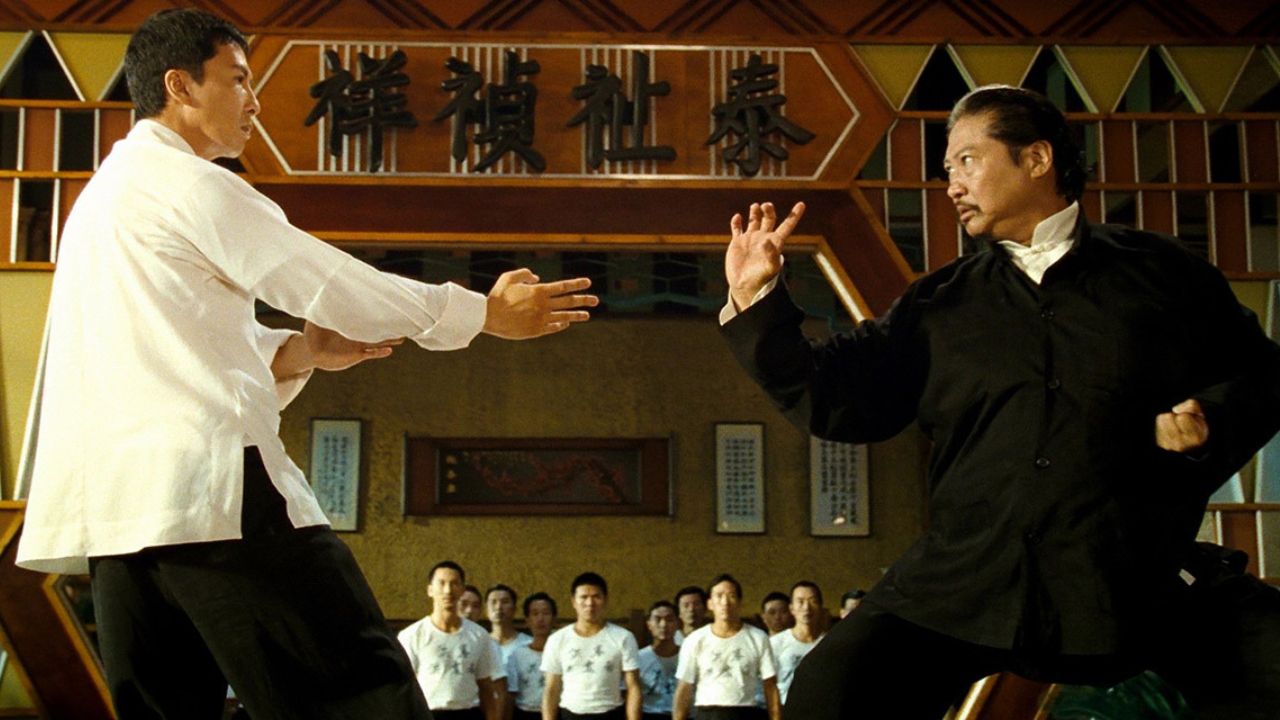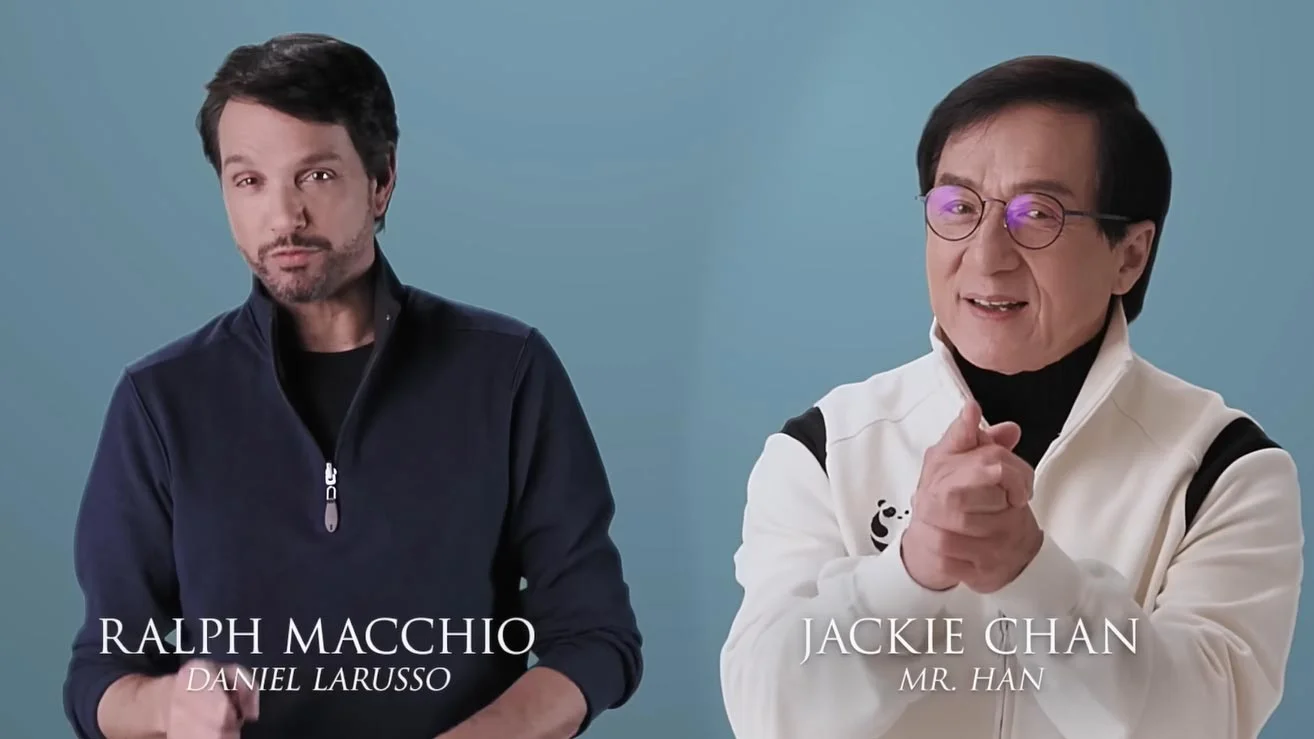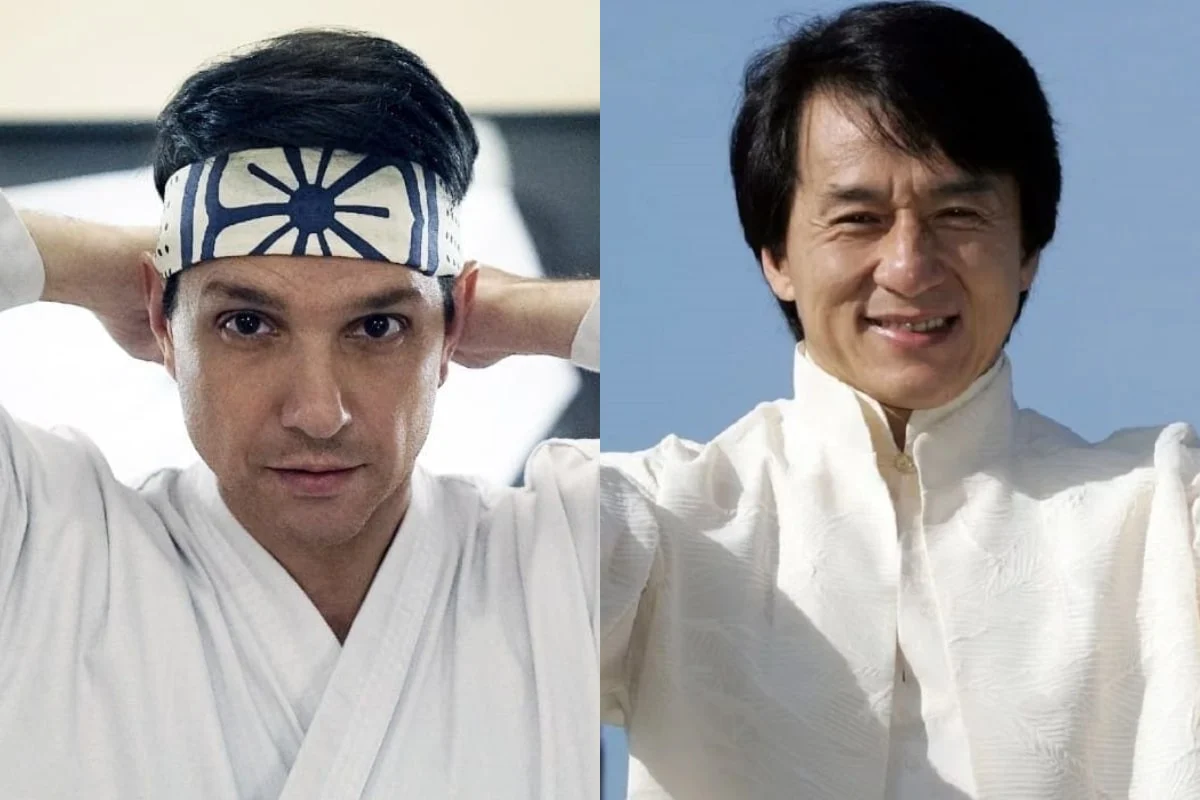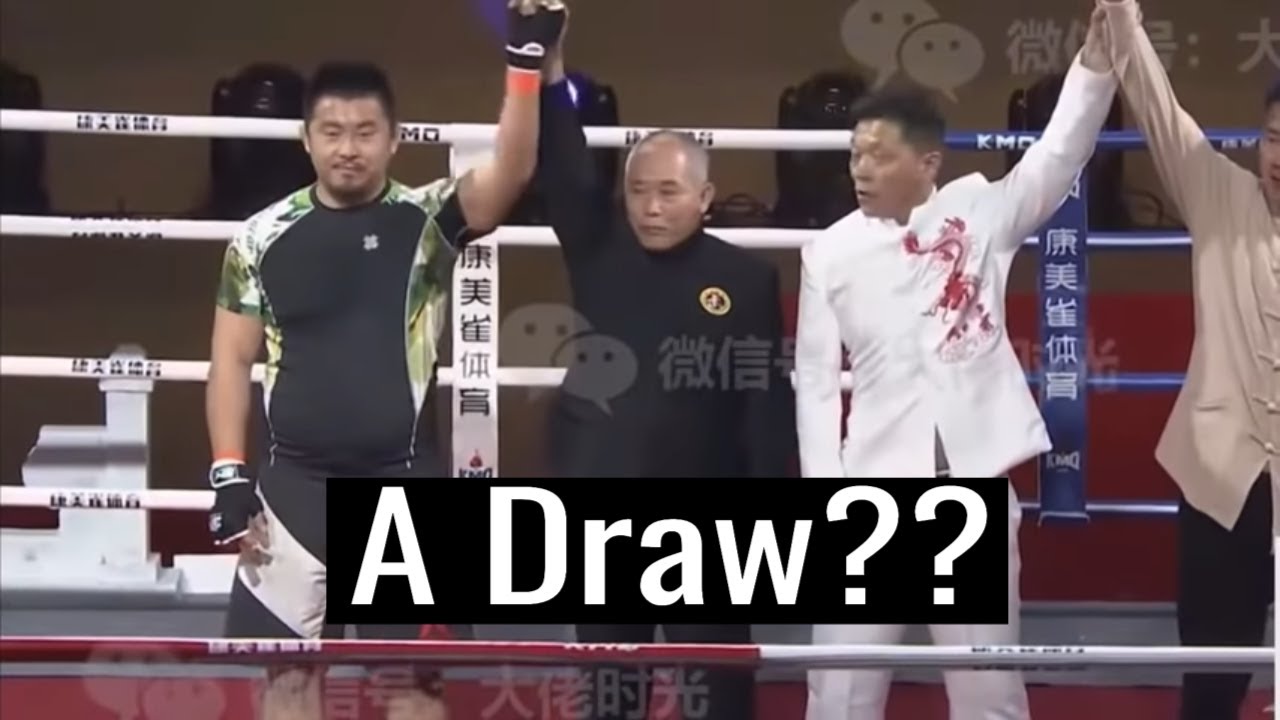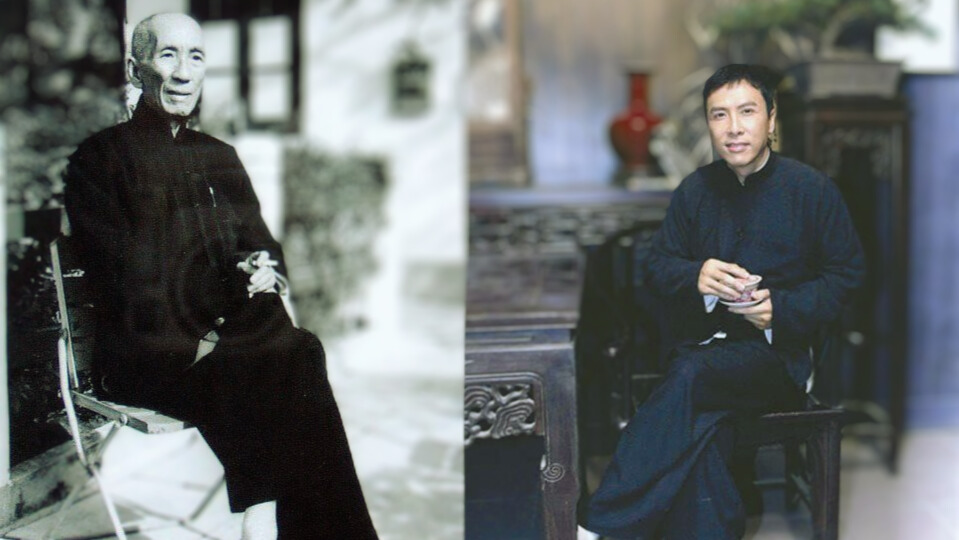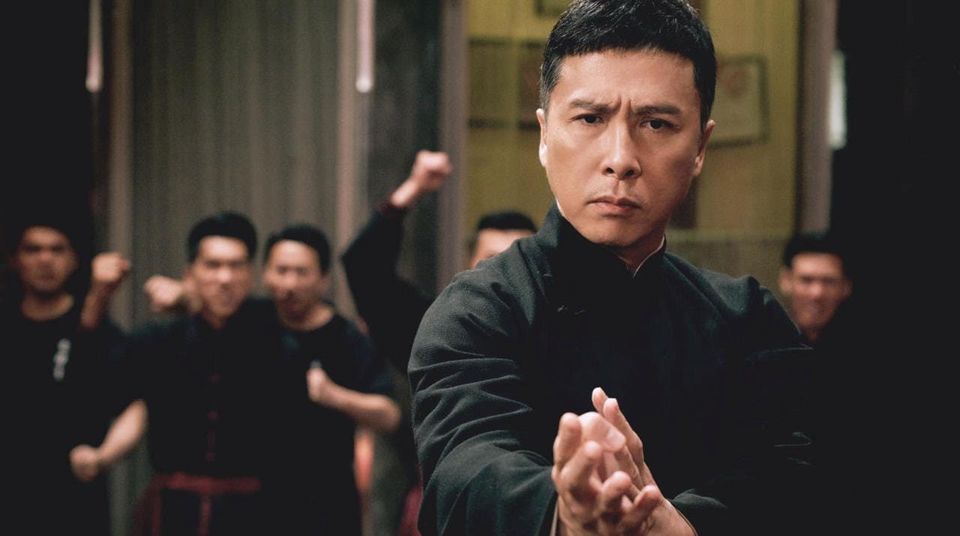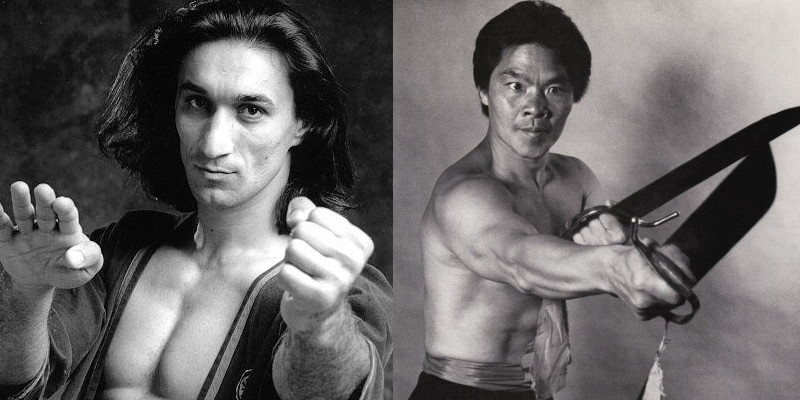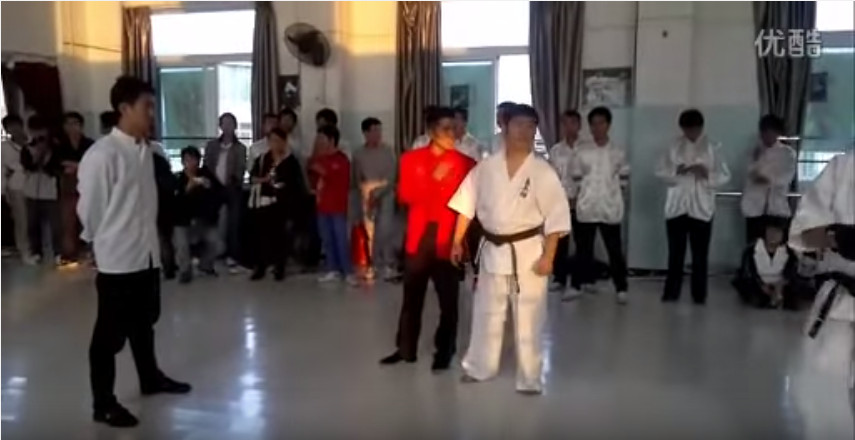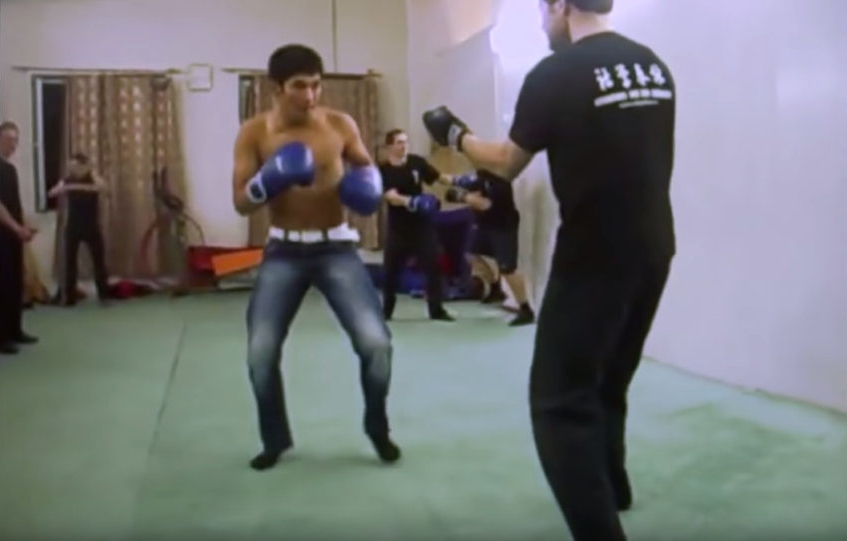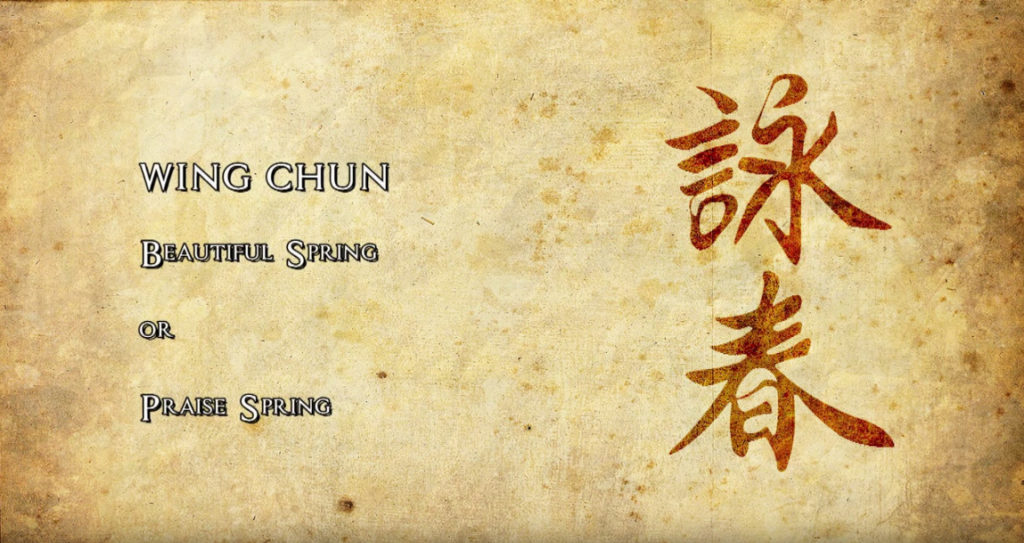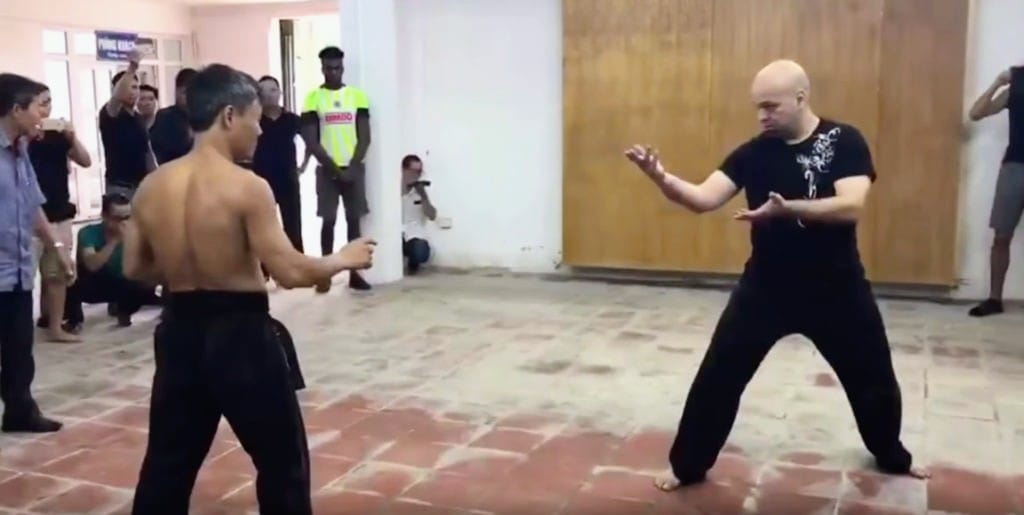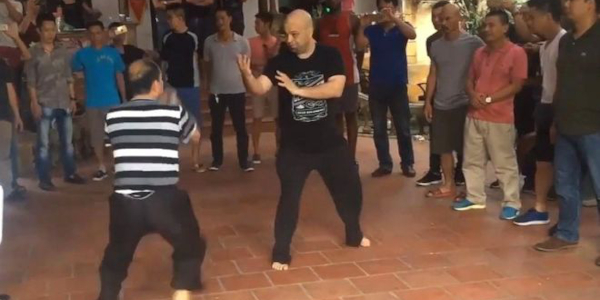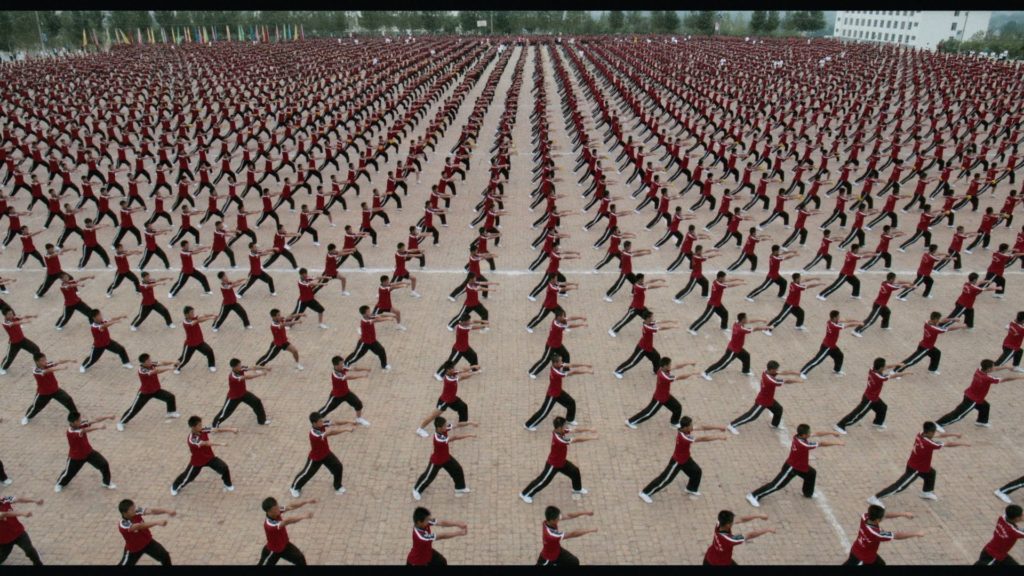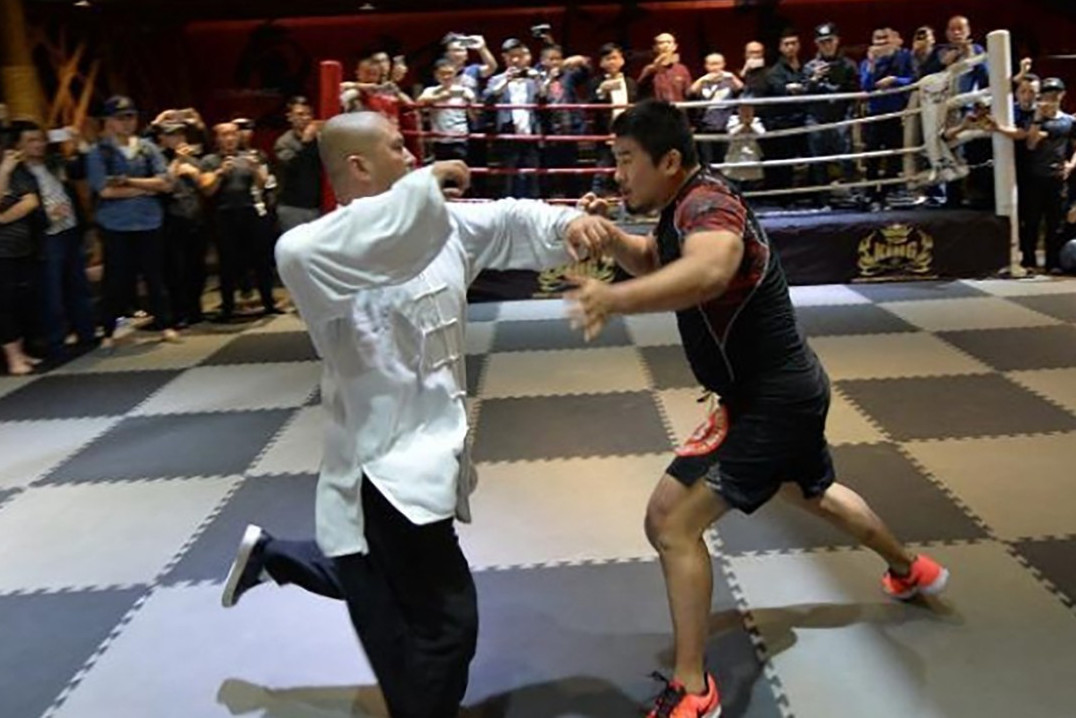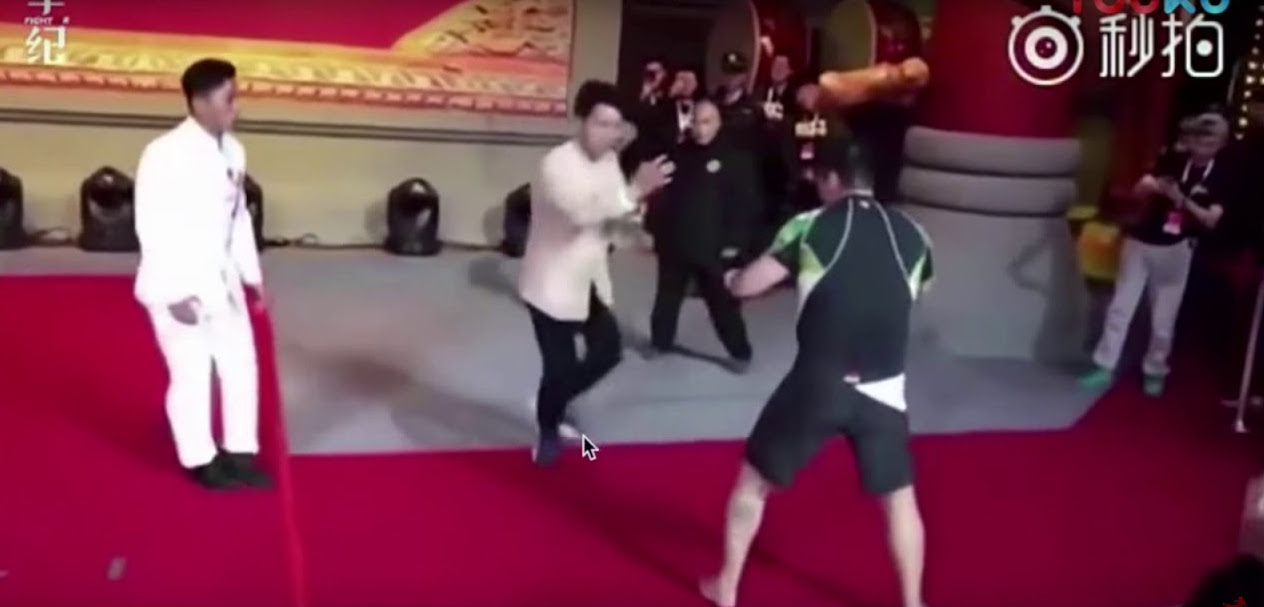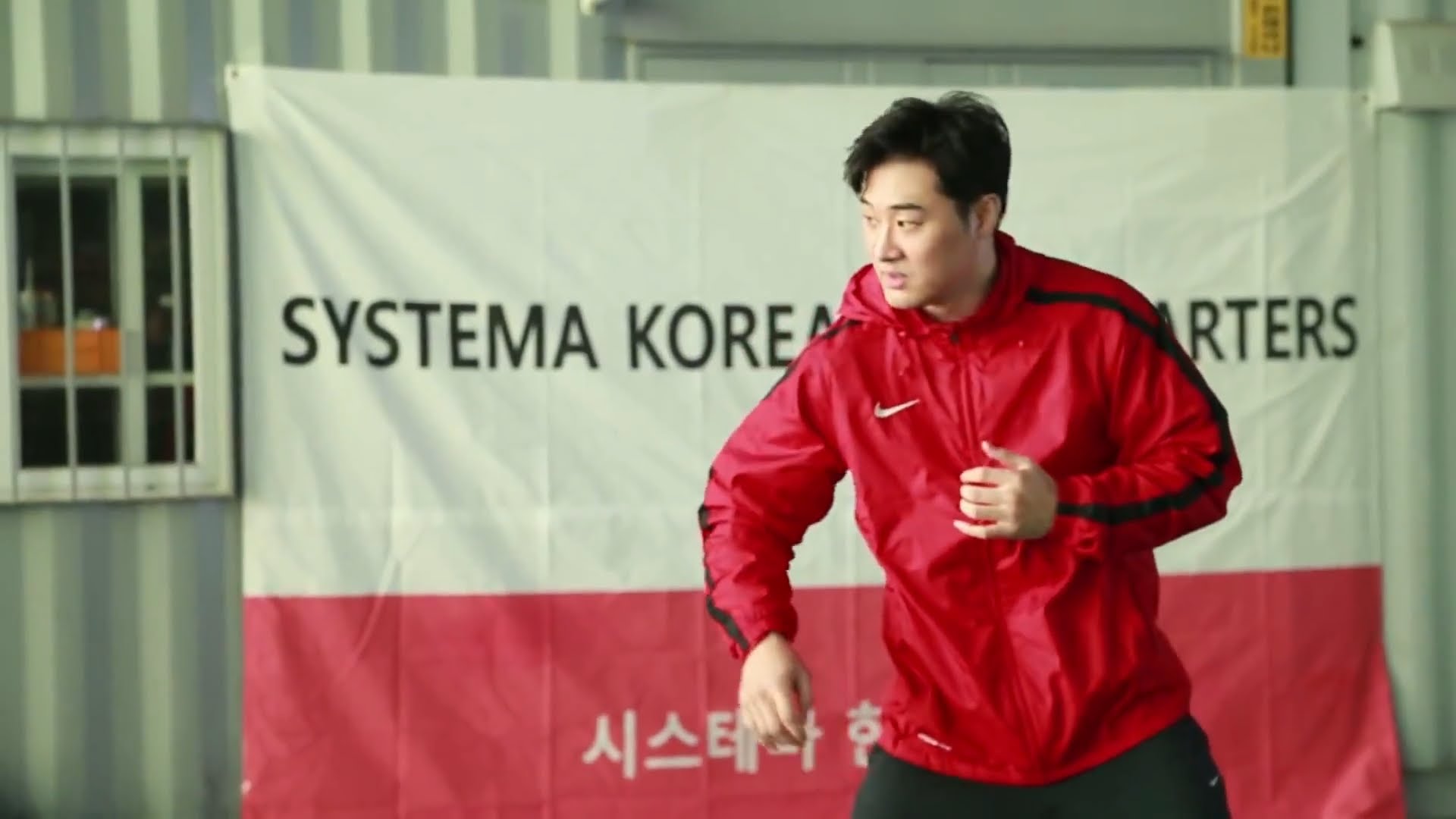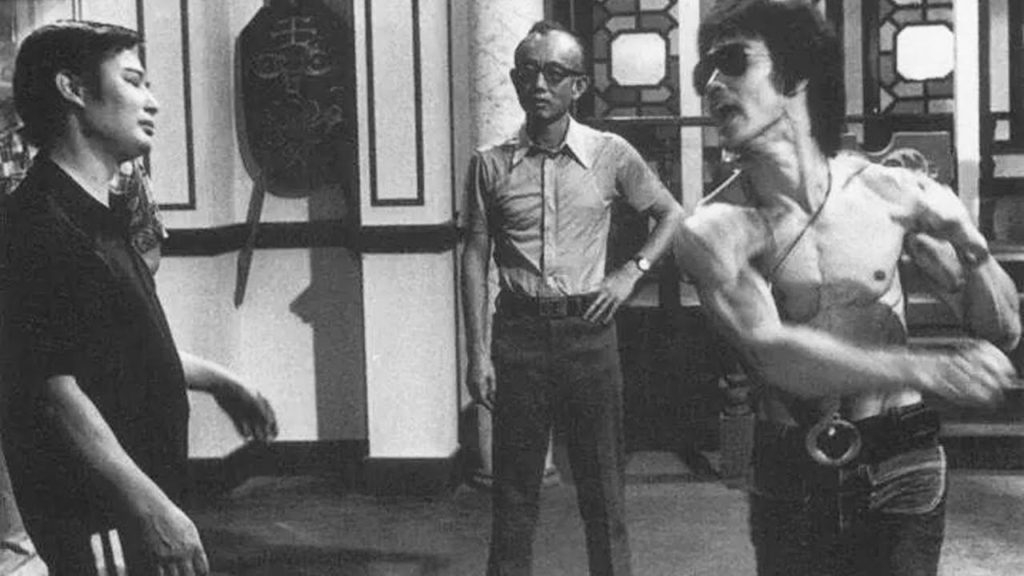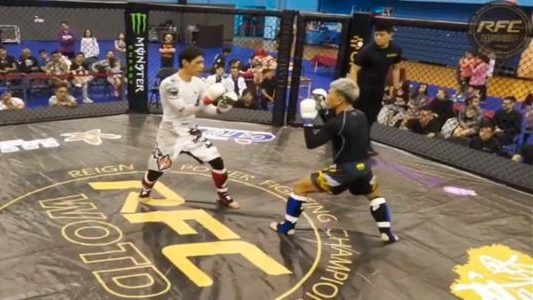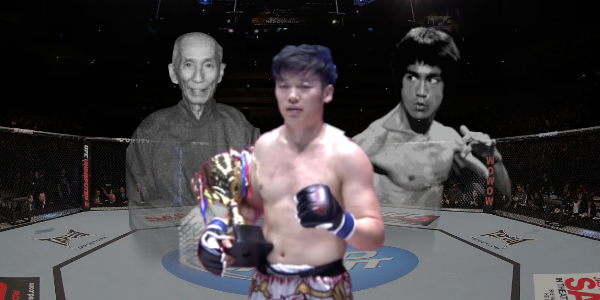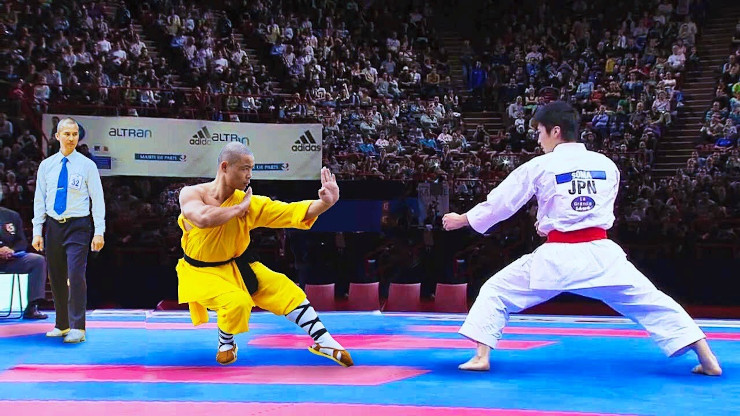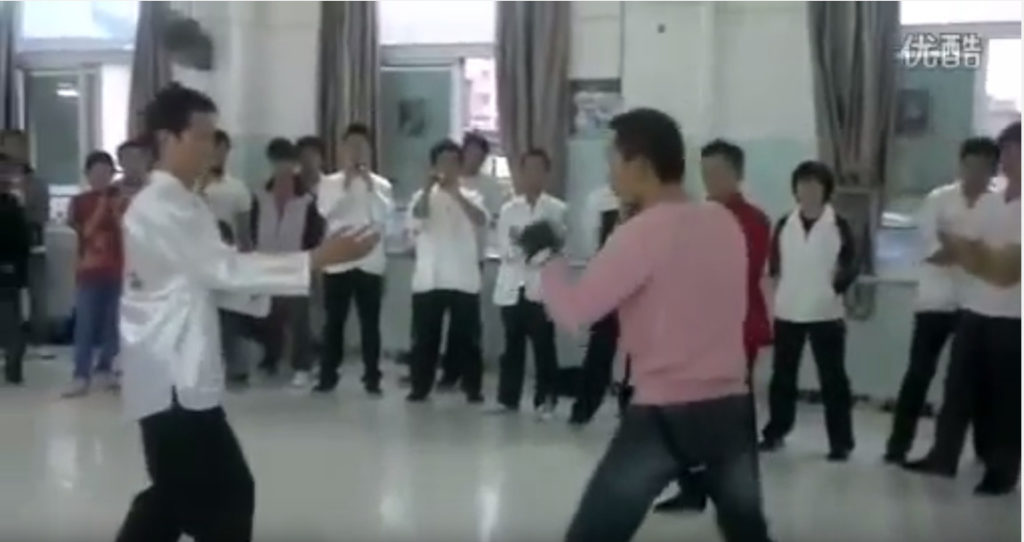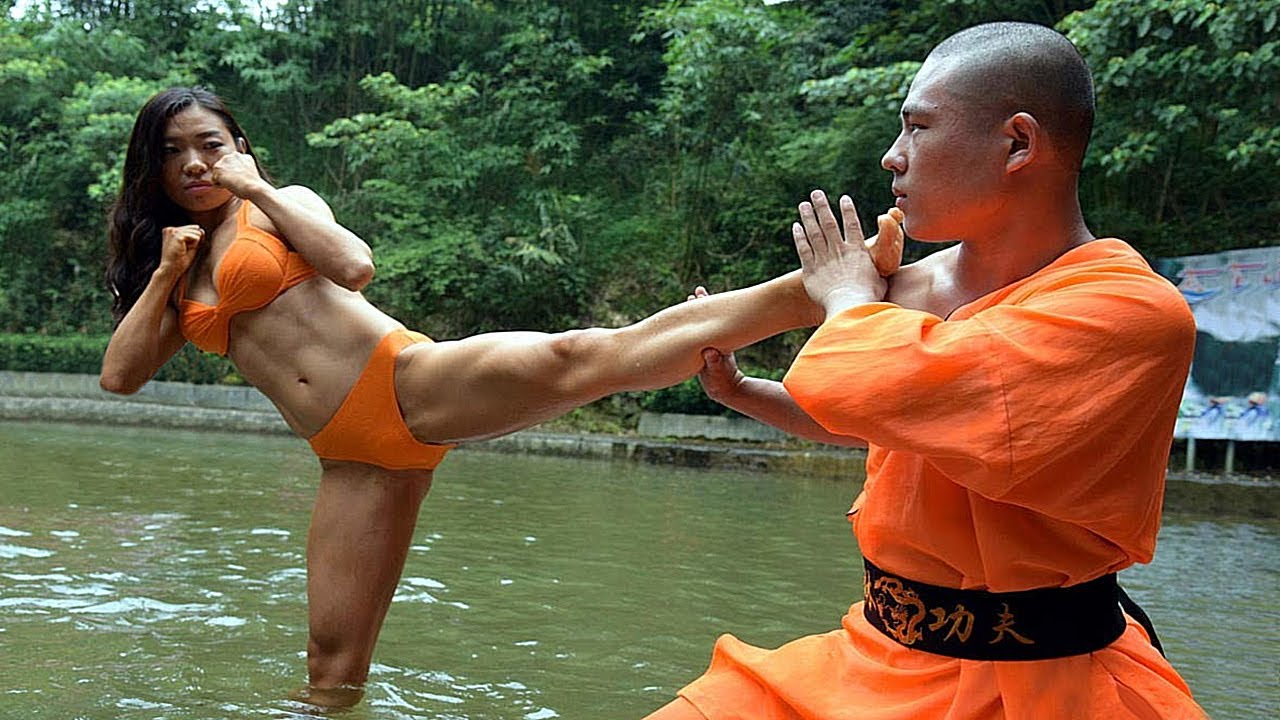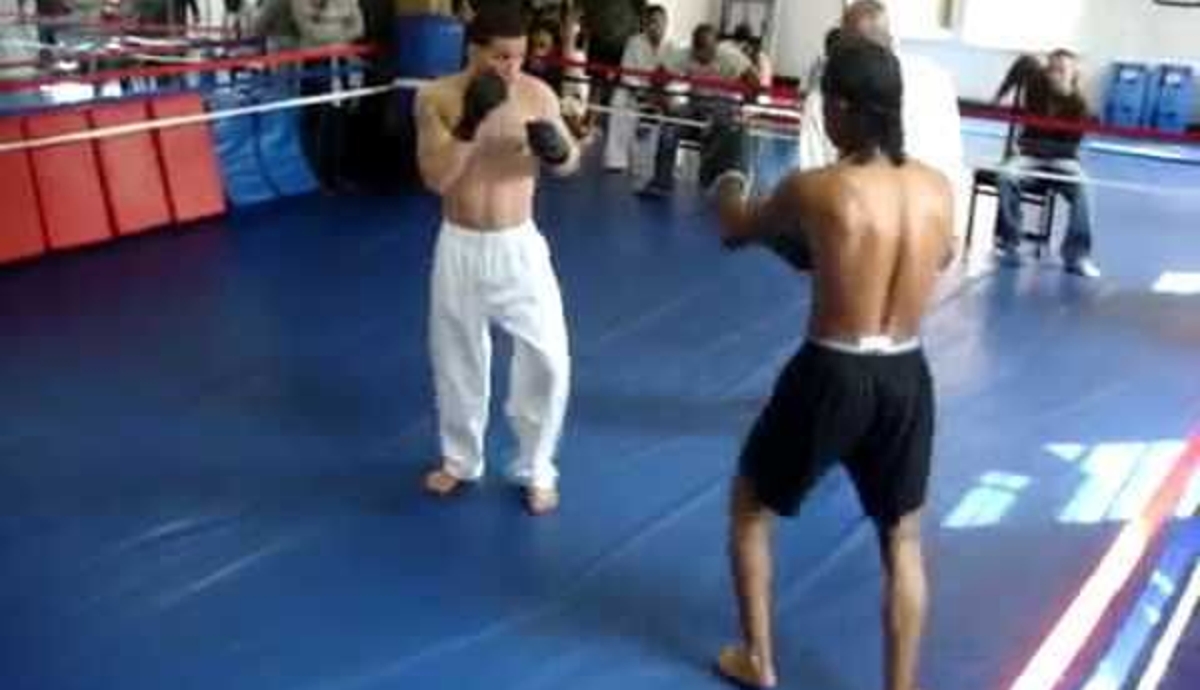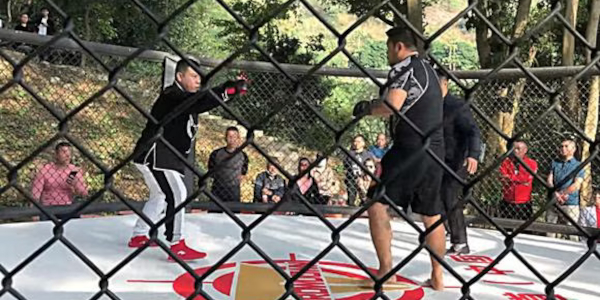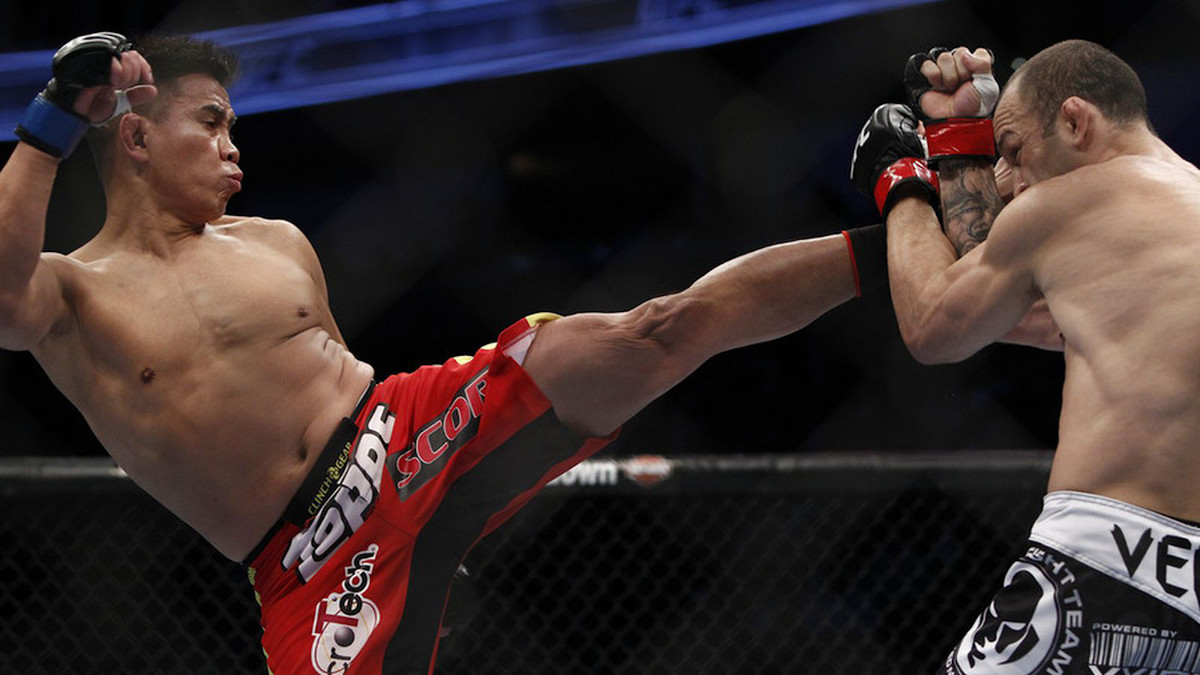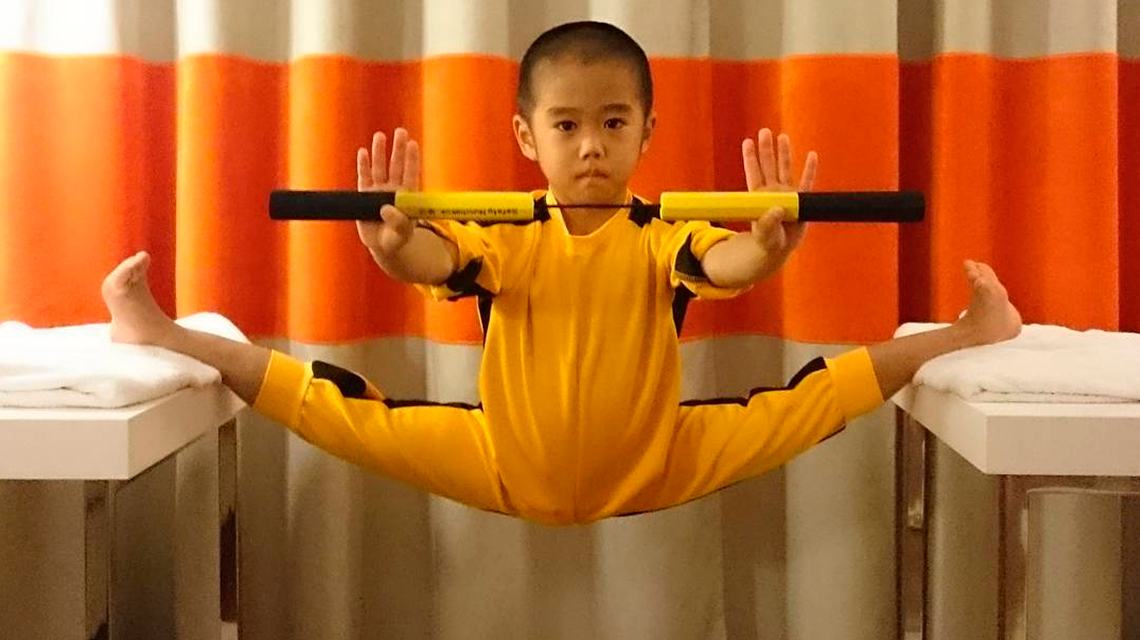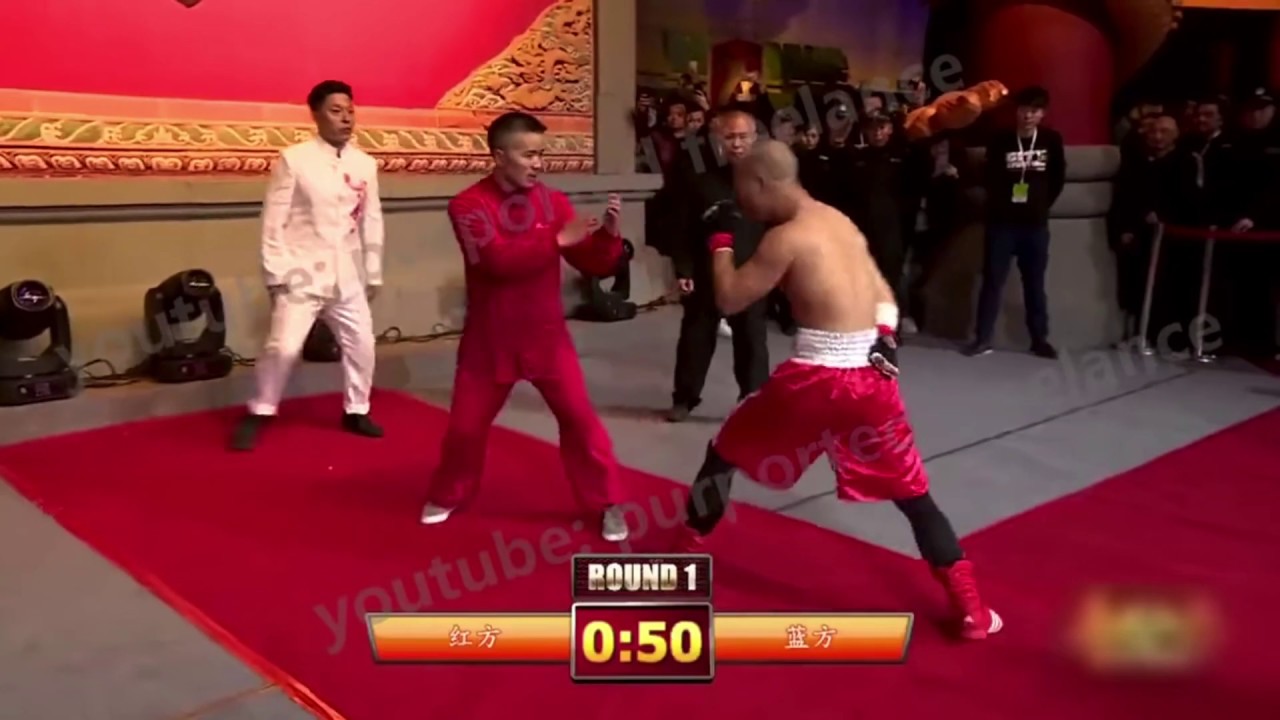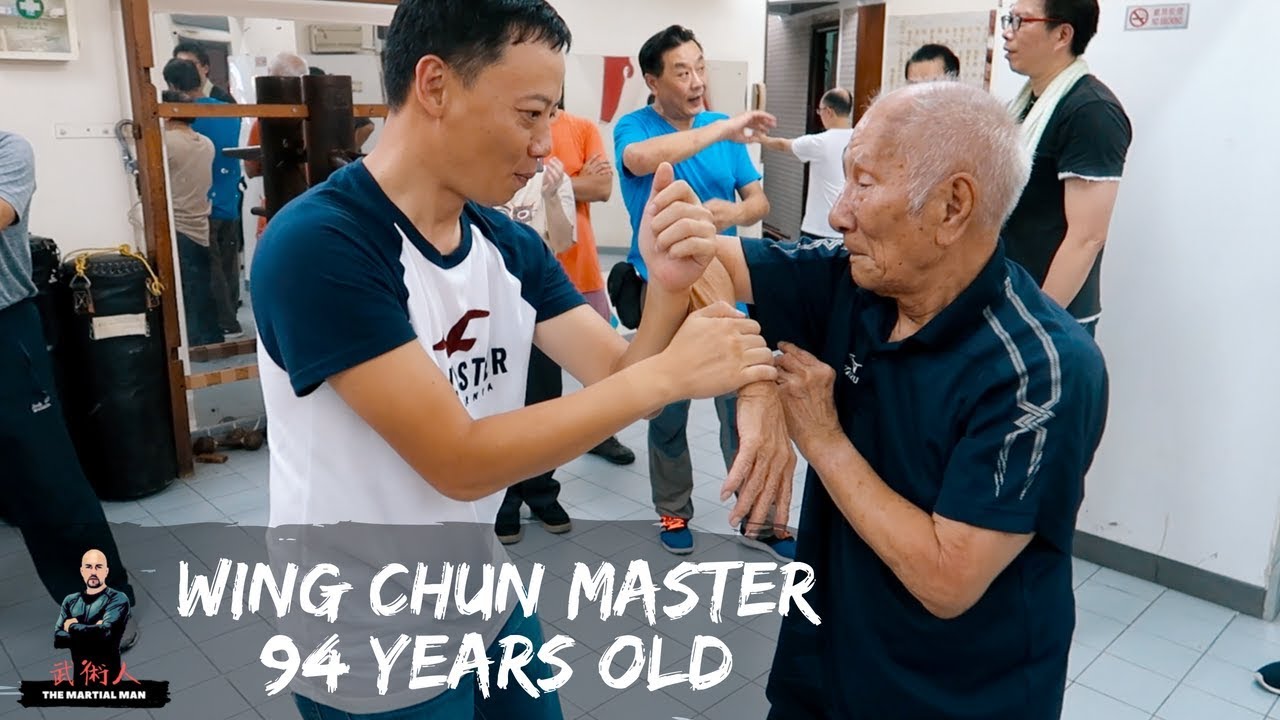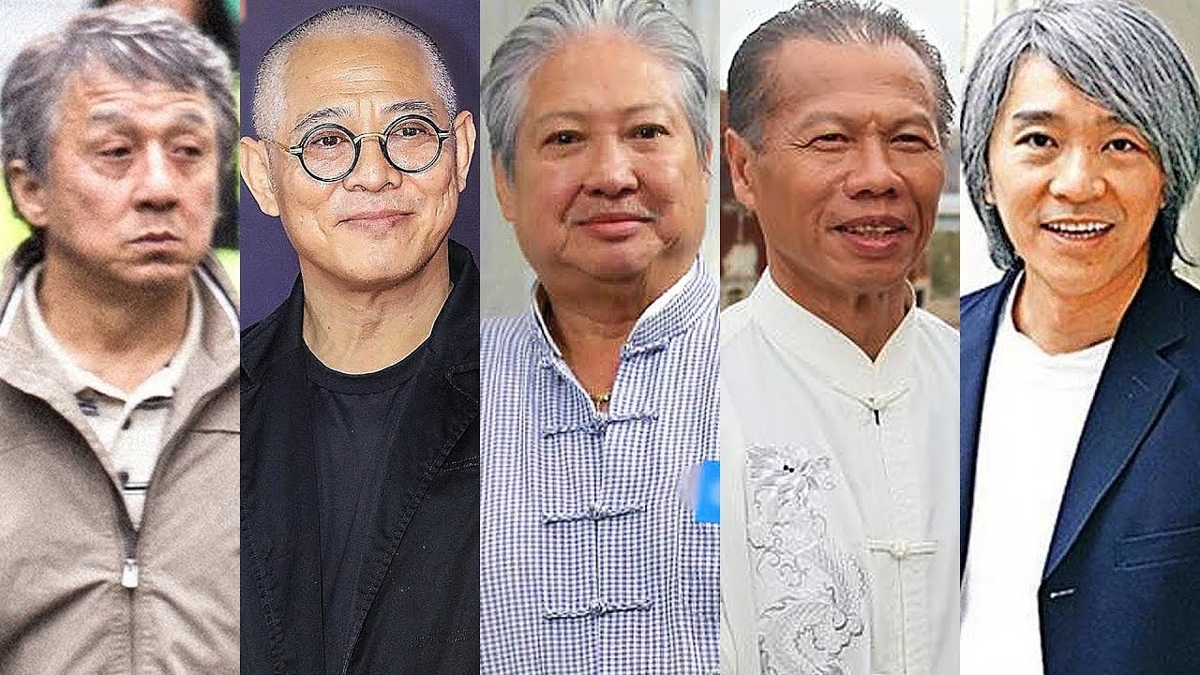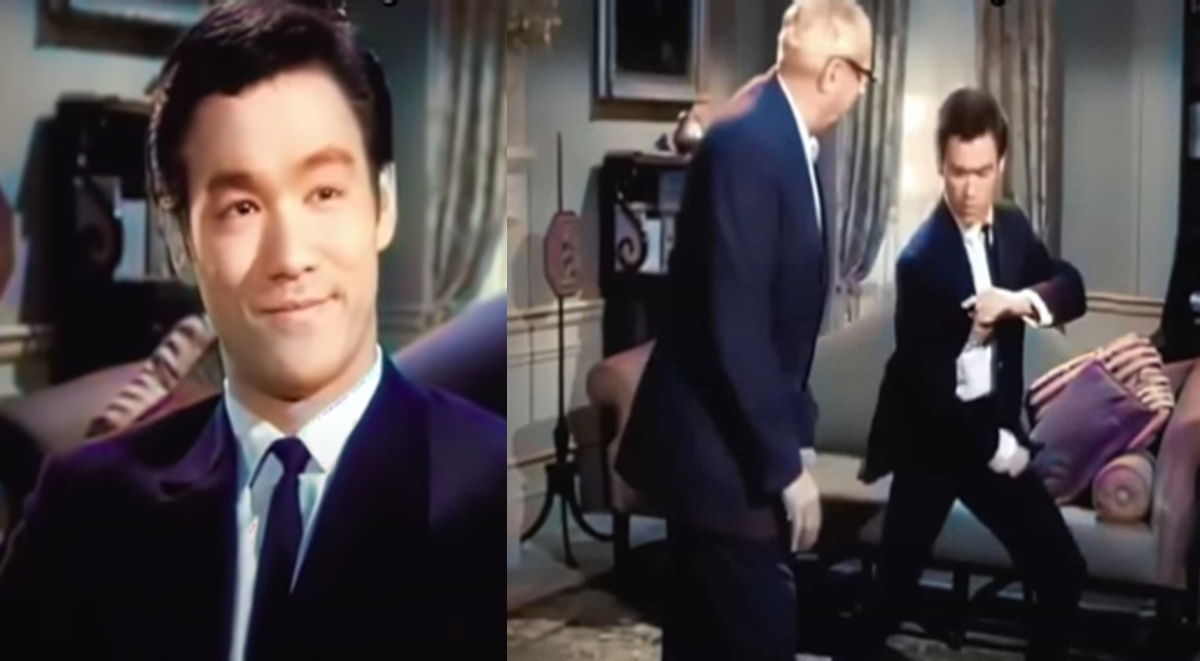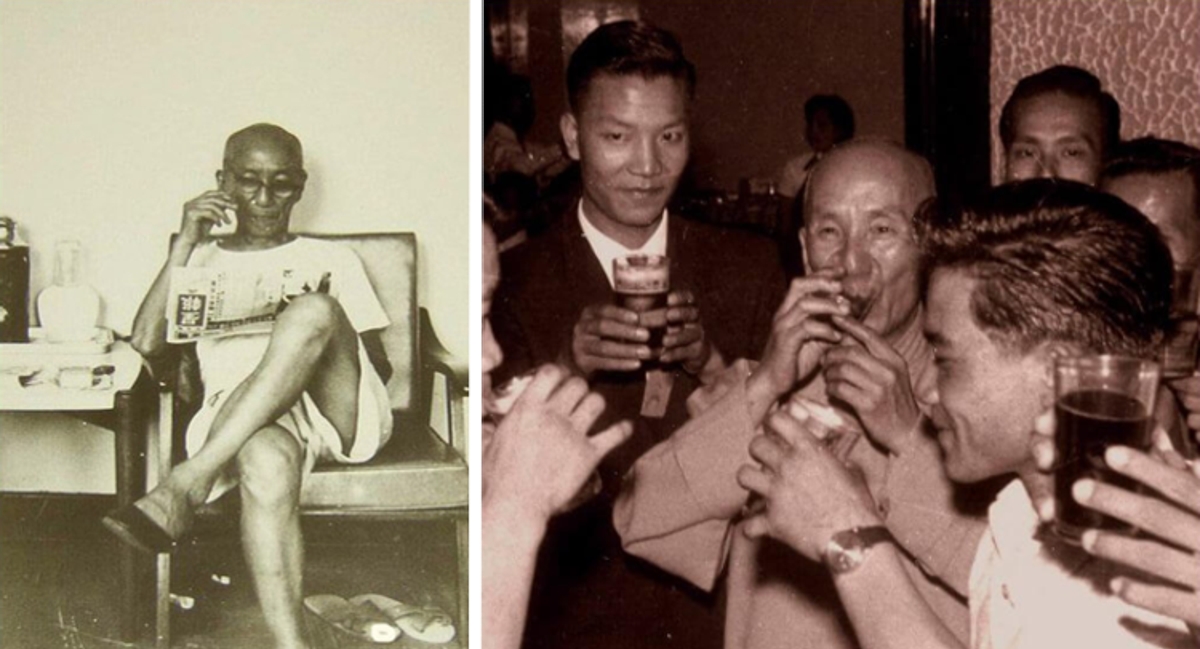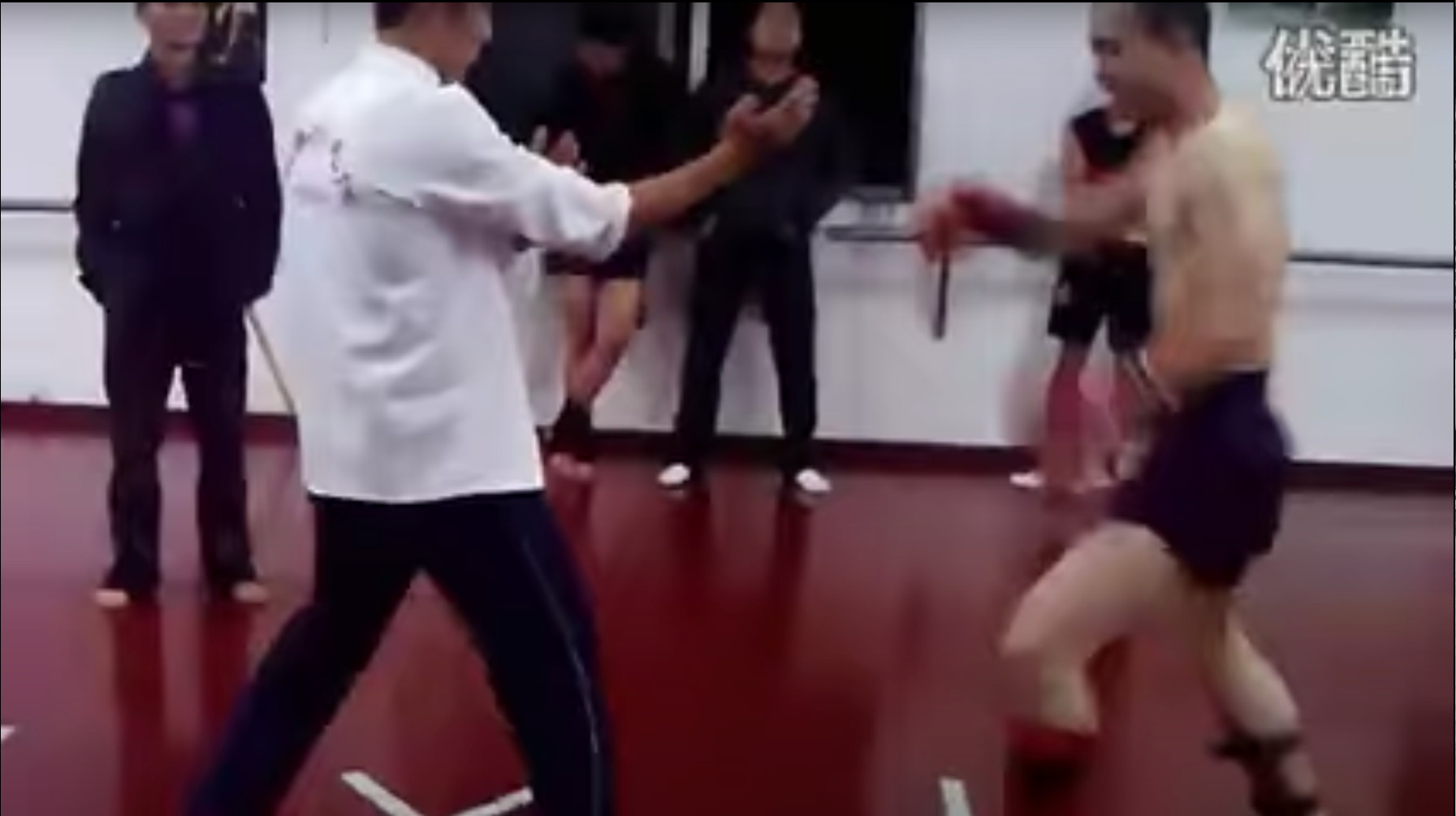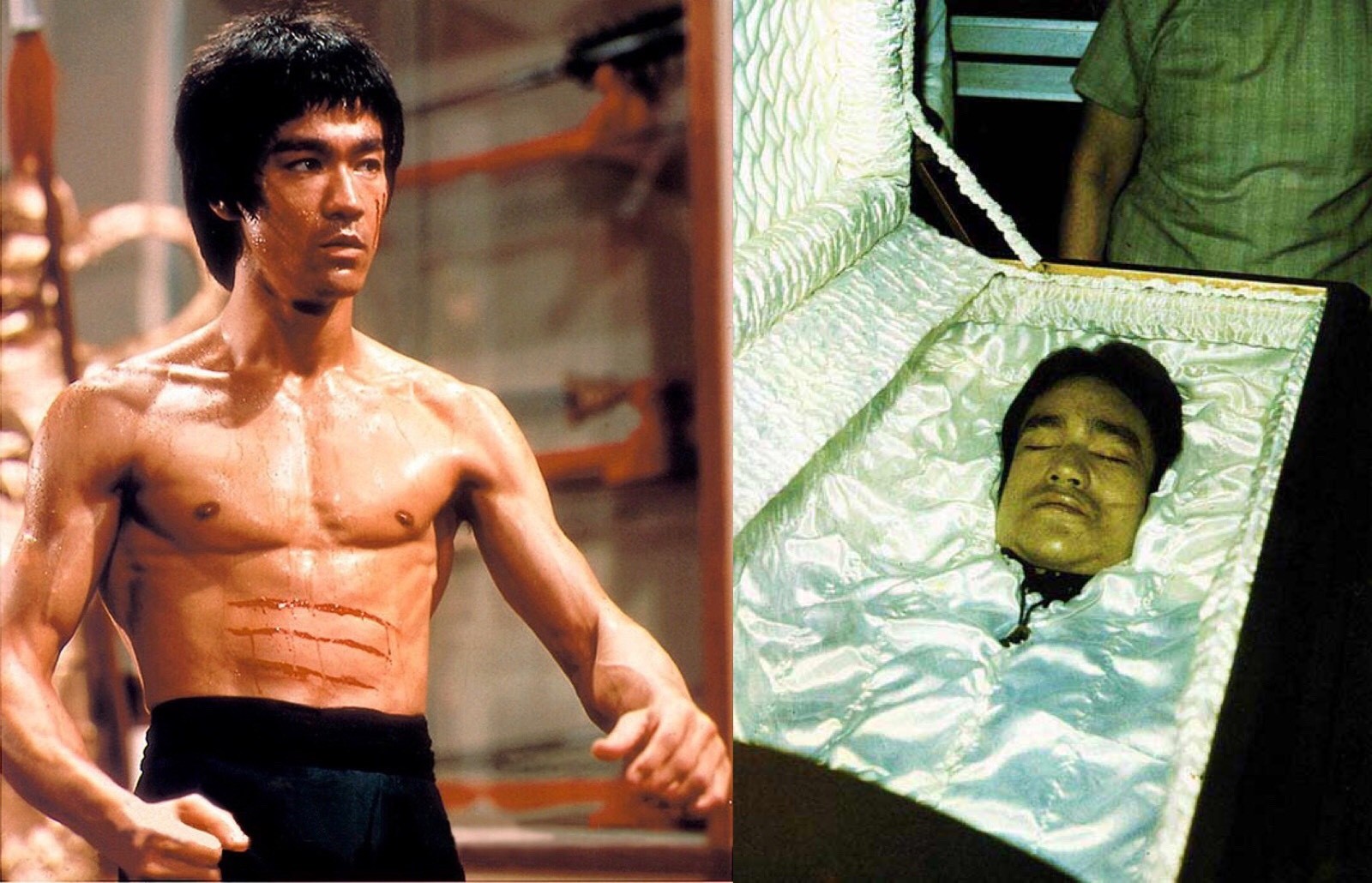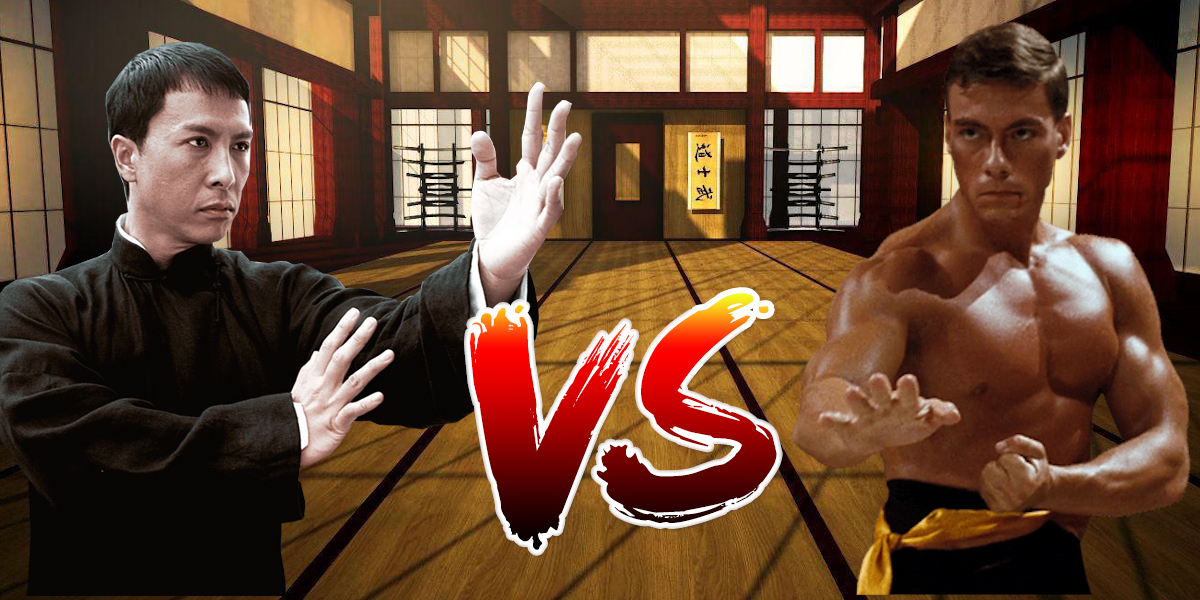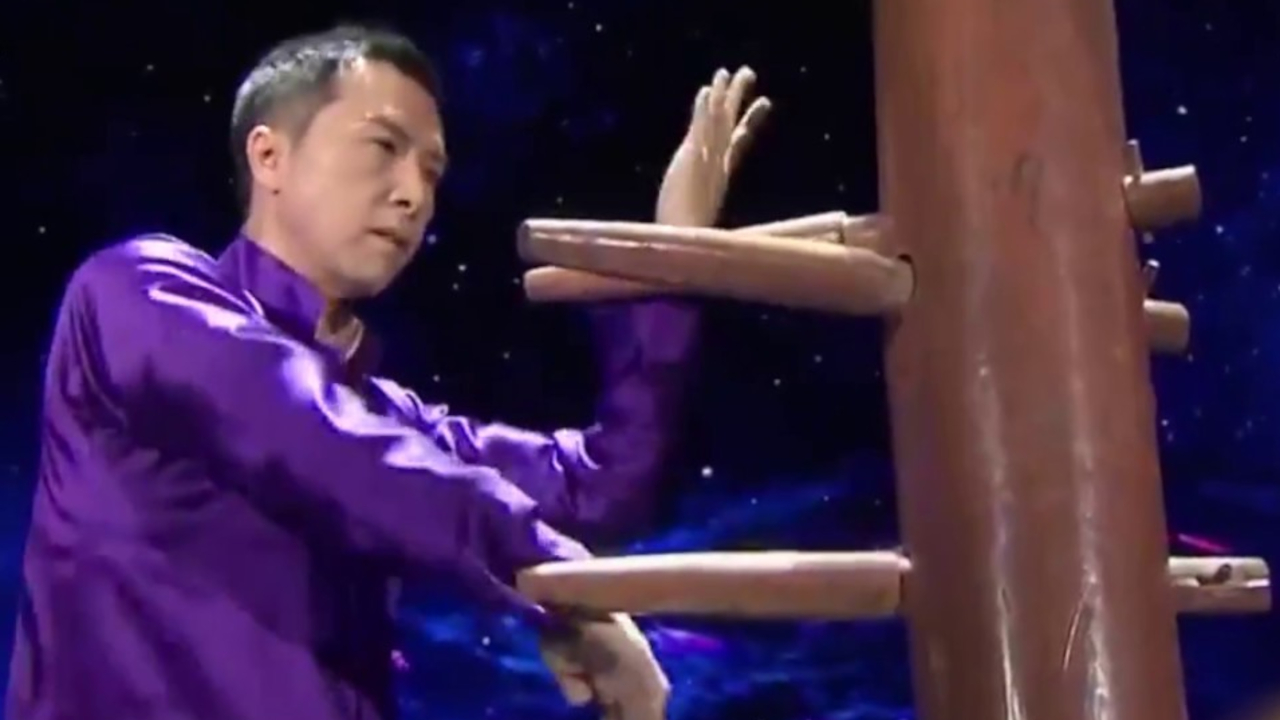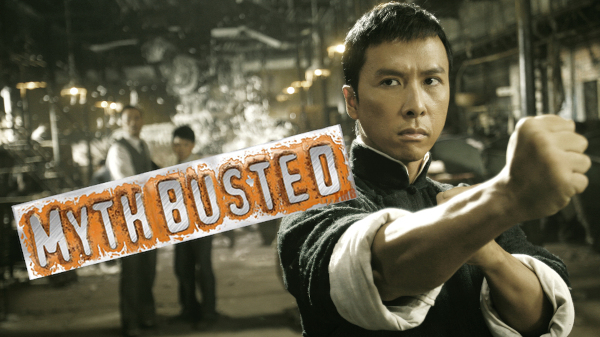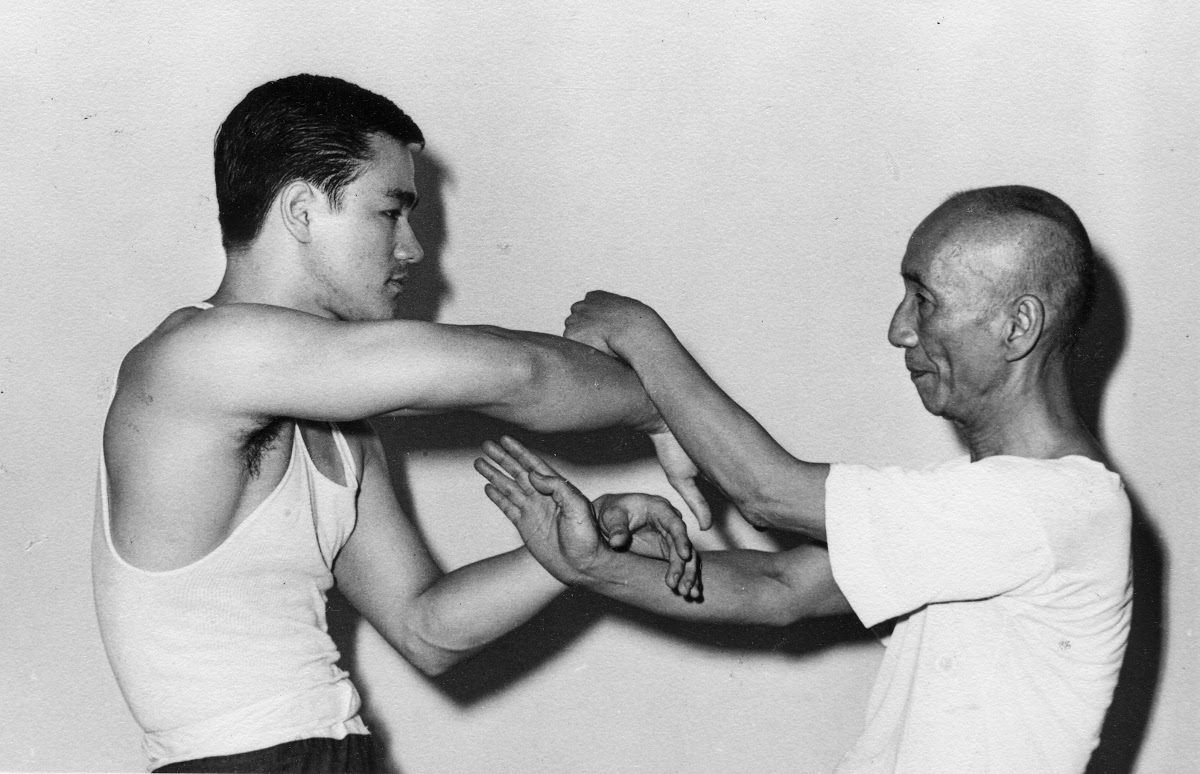Unleashing the Power of Wing Chun: A Close-Combat Sparring Experience
Reading time: 8 minutes
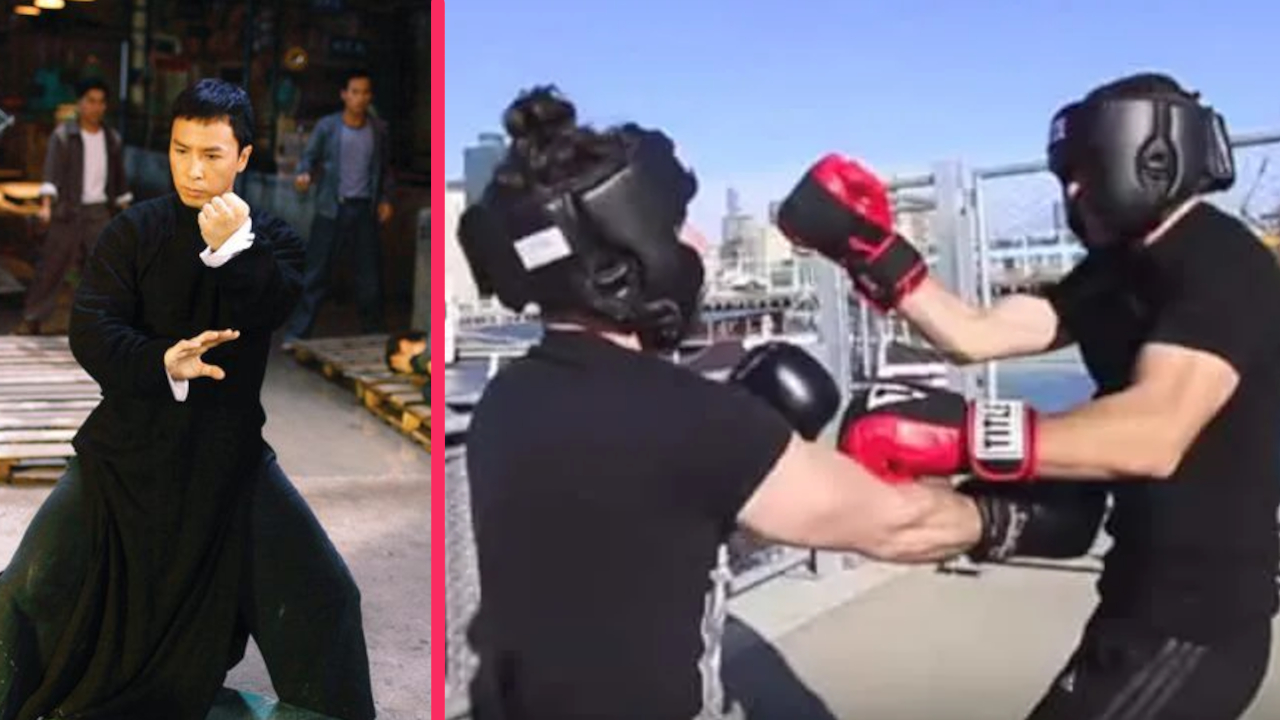
Wing Chun Kung Fu is an ancient Chinese Martial Art form that has become increasingly popular in recent times due to its effectiveness in self-defense and its ability to improve physical and mental well-being. It is a unique system of martial arts that combines self-perception, philosophy, and physical training. This article will explore the history, techniques, and benefits of Wing Chun Kung Fu and provide tips for successful sparring.
What is Wing Chun Kung Fu?
Wing Chun Kung Fu is a Chinese martial arts system that is based on the principle of efficient and effective use of energy. It is a practical, scientific system that incorporates the use of techniques, forms, and theory to develop power, balance, and coordination.
The main focus of this style of martial arts is to use the opponent's strength against them, rather than relying on physical strength. Wing Chun is also known for its close-range combat techniques, as well as its use of mental agility and agility.
Wing Chun Kung Fu is often described as a "soft" martial arts form, as it does not rely on brute force. Instead, it utilizes the principles of leverage, balance, and body mechanics to maximize the efficiency of the technique. Furthermore, Wing Chun relies heavily on the concept of "sensitivity", which enables practitioners to detect and react to their opponent's movements. This is what makes Wing Chun such an effective martial art.
Origins and History of Wing Chun

According to the legends, Wing Chun Kung Fu was developed by a Buddhist nun named Ng Mui in the 17th century. Ng Mui developed the form after observing the movements of a crane and a snake.
She combined these movements with her own martial arts experience to create a system that was designed to be highly effective, yet simple to use. Ng Mui is also credited with developing the legendary "centerline theory", which is the foundation of Wing Chun's fighting strategy.
Wing Chun was passed down from Ng Mui to her student, Yim Wing Chun, who later went on to refine the system and teach it to others. The system was then further refined by Yip Man, a renowned master of martial art who is credited with popularizing Wing Chun Kung Fu.
Benefits of Practicing Wing Chun
Wing Chun Kung Fu is a great way to improve physical and mental well-being. The physical benefits of Wing Chun include improved balance, coordination, flexibility, and strength. Practicing Wing Chun can also help to improve reaction time, as well as reflexes. Furthermore, the mental benefits of Wing Chun include improved concentration, focus, and mental clarity.
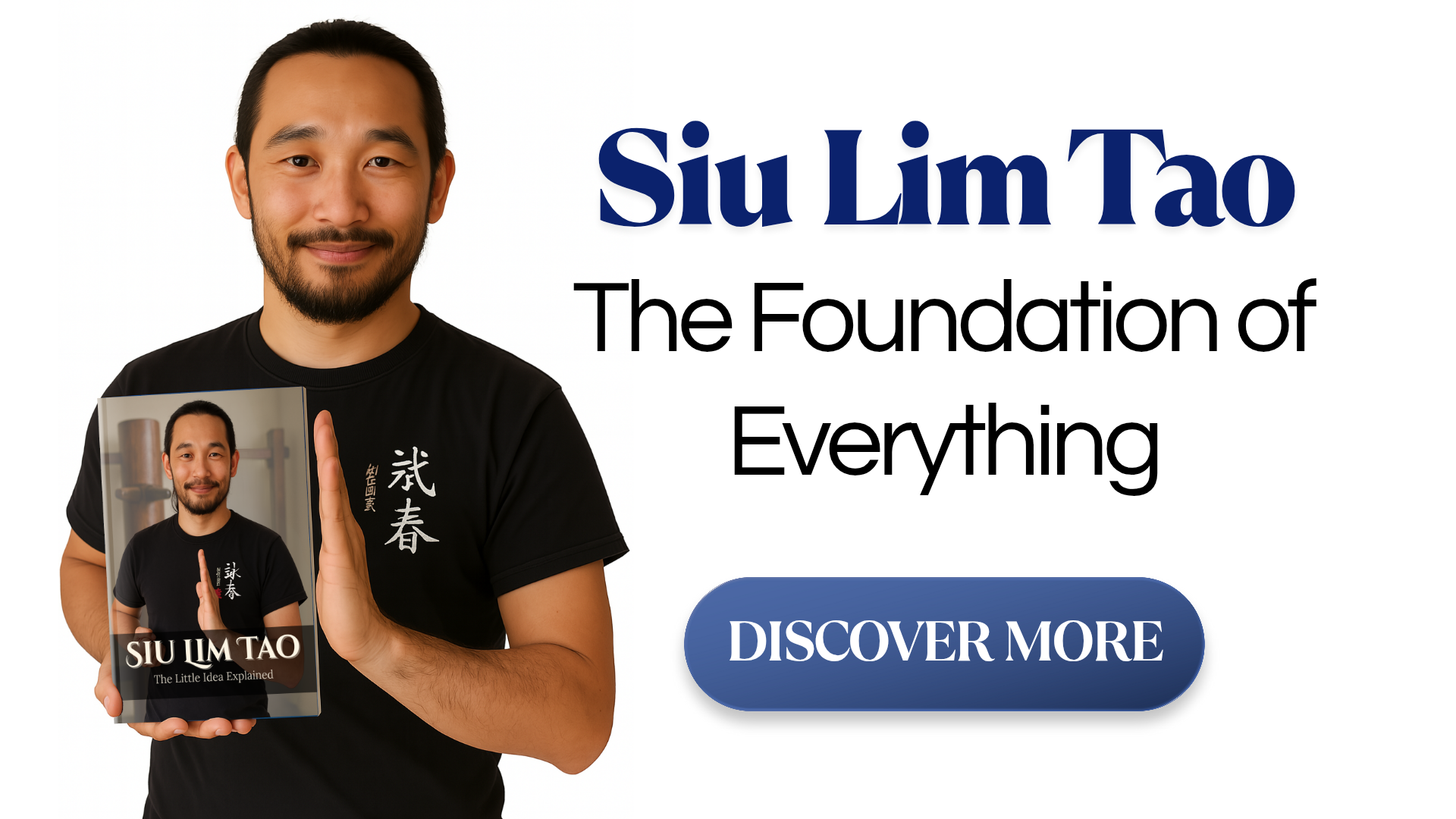
In addition to the physical and mental benefits, Wing Chun also offers spiritual benefits. The philosophy of Wing Chun is based on the idea of "balance" and "harmony" between the physical and the mental. Practicing Wing Chun can help to bring balance and harmony into one's life.
Wing Chun Techniques
Wing Chun Kung Fu utilizes a variety of techniques, including strikes, blocks, locks, and throws. These techniques are designed to be used in close-range combat and are effective against both armed and unarmed opponents.
The most iconic technique in Wing Chun is the "Chain Punch". This is a series of rapid punches that are used to overwhelm an opponent. Other techniques include palm strikes, elbow strikes, kicks, and sweeps. These techniques can be used to create openings for attacks or to disrupt an opponent's balance.
Wing Chun Stance
The Wing Chun stance is an important part of the system. It is designed to provide stability, balance, and power in combat. The stance is based on the concept of "rooting", which is the ability to remain immovable and maintain balance while attacking or defending.
The Wing Chun stance is a low, wide stance that is designed to maximize the use of leverage and body mechanics. It is a versatile stance that allows practitioners to move quickly and efficiently.
Wing Chun Training
Wing Chun Kung Fu can be trained in a variety of ways, including solo forms, partner drills, and sparring. Solo forms are designed to improve balance, coordination, and power. Partner drills are designed to practice techniques in a realistic setting. Sparring is designed to teach practitioners how to apply their techniques in a real-life setting.
Wing Chun Fighting Style
Wing Chun Kung Fu is a practical and effective fighting style. It is based on the principles of efficiency and economy of movement. It utilizes the use of leverage and body mechanics to maximize the efficiency of each technique.
Wing Chun is also known for its use of "sensitivity", which enables practitioners to detect and react to their opponent's movements. This makes it an effective style for close-range combat.
Learning Wing Chun

Learning Wing Chun Kung Fu is a rewarding experience. It is a system that is designed to improve physical and mental well-being. It is also a system that is designed to be used in a practical and effective way.
Learning Wing Chun can be done in a variety of ways. It can be done through books, videos, online courses, and private lessons. It is also possible to learn Wing Chun through traditional martial arts schools. Just remember that training solo from online tutorials can take you only to a certain point. Wing Chun Sparring is a fundamental part of the training.
Wing Chun Sparring
Wing Chun sparring is an important part of the system. It is a great way to practice techniques in a realistic setting. Sparring also helps to improve reaction time, as well as reflexes.
Sparring in Wing Chun is based on "sensitivity" and "awareness". It is important to be aware of your opponent's movements and to react quickly and efficiently. This is what makes Wing Chun sparring so effective.
Tips for Wing Chun Sparring

Here are some tips for successful Wing Chun sparring:
- Focus on your opponent's centerline. This is the imaginary line that runs down the center of the body. This line is the target of most strikes and should be defended at all times.
- Stay relaxed. Wing Chun is based on the principle of economy of movement. Staying relaxed will help you to move faster and more efficiently.
- Maintain good posture. Good posture will help you to maintain balance and power. It is also important to keep your chin down to protect your neck from strikes.
- Use sensitivity. Being aware of your opponent's movements and reacting quickly is essential for successful Wing Chun sparring.
- Practice regularly. Sparring is a great way to practice techniques in a realistic setting. However, it is important to practice regularly to ensure that you are progressing and improving.
Wing Chun Sparring Challenges
Wing Chun sparring can be challenging at times. It is important to remember that sparring is a learning experience and that there will be times when things don't go as planned. It is important to stay positive and to keep learning and improving.
It is also important to stay focused and to stay relaxed. Staying relaxed will help you to move faster and more efficiently. It is also important to stay focused and to be aware of your opponent's movements.
Conclusion
Wing Chun Kung Fu is an ancient Chinese martial art form that has become increasingly popular in recent times due to its effectiveness in self-defense and its ability to improve physical and mental well-being. It is a unique system of martial arts that combines meditation, philosophy, and physical training.
This article has explored the history, techniques, and benefits of Wing Chun Kung Fu and provided tips for successful sparring. If you are interested in learning this martial art form, or if you are already a practitioner, then you should now have a better understanding of the system and the challenges and rewards that come with it.
Thank you. Your comment will be approved shortly.
Comments
Thank you. Your comment will be approved shortly.
Thank you. Your comment will be approved shortly.
Thank you. Your comment will be approved shortly.
Thank you. Your comment will be approved shortly.
Thank you. Your comment will be approved shortly.


